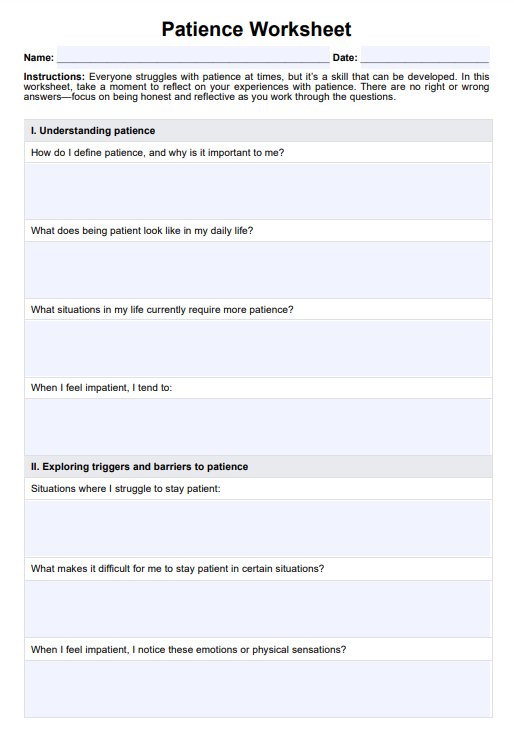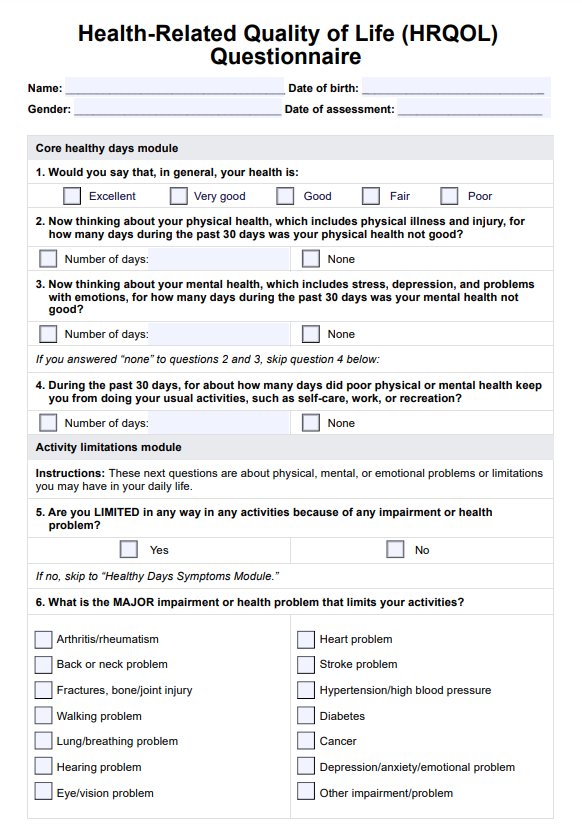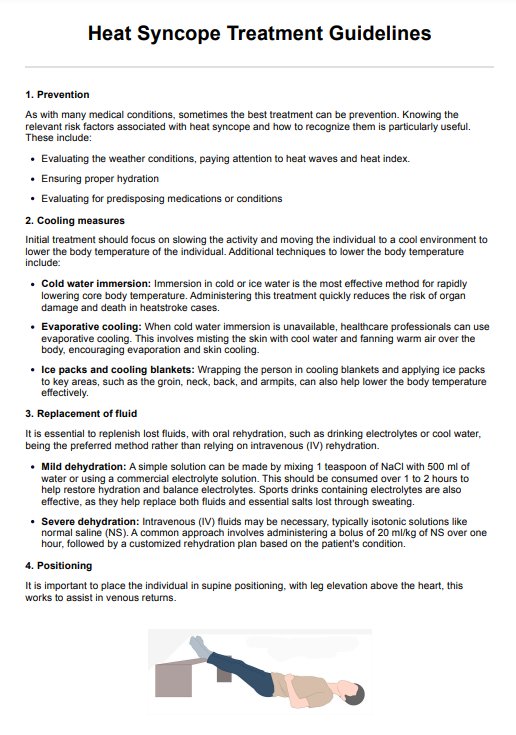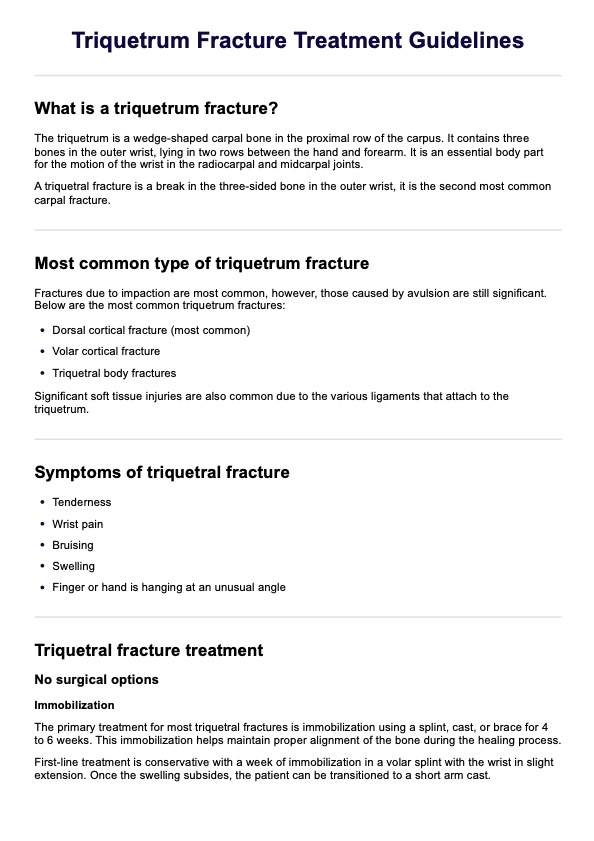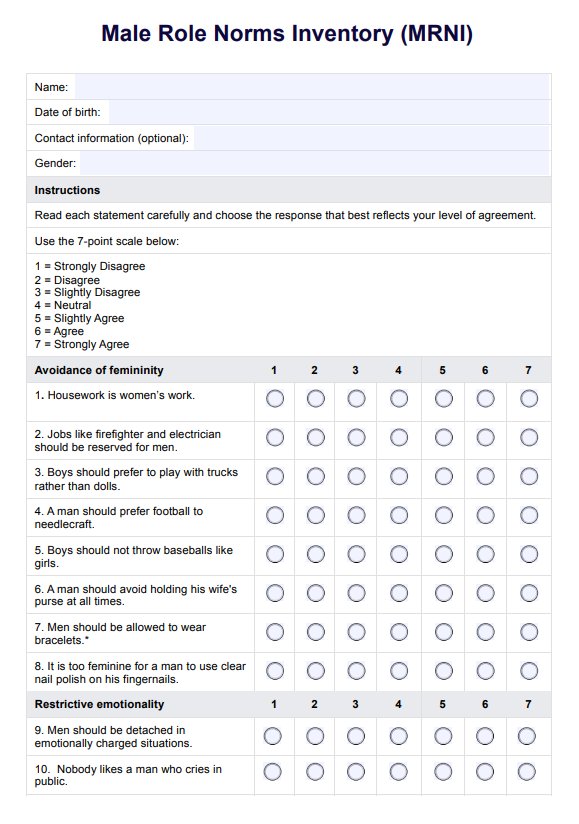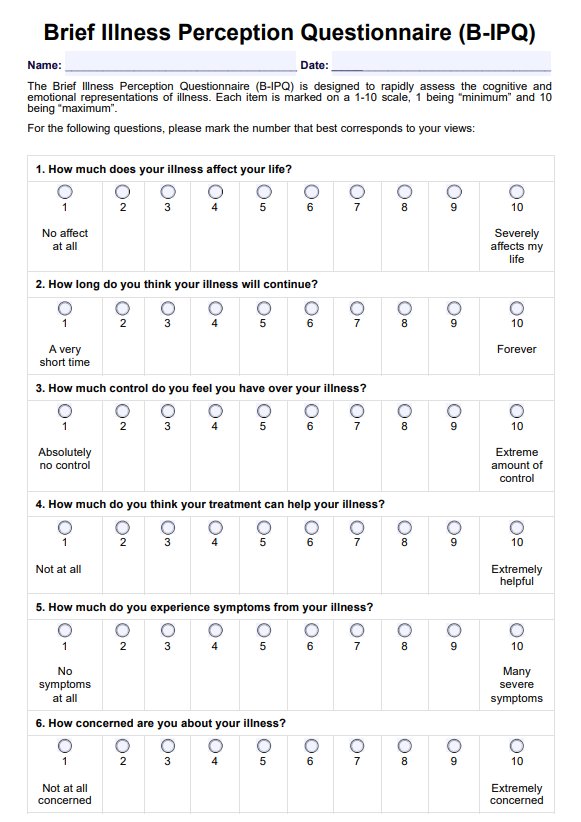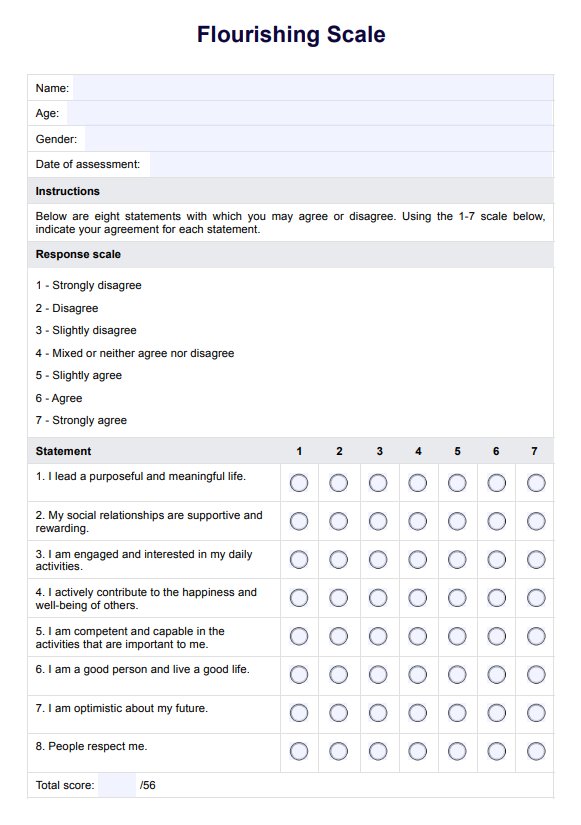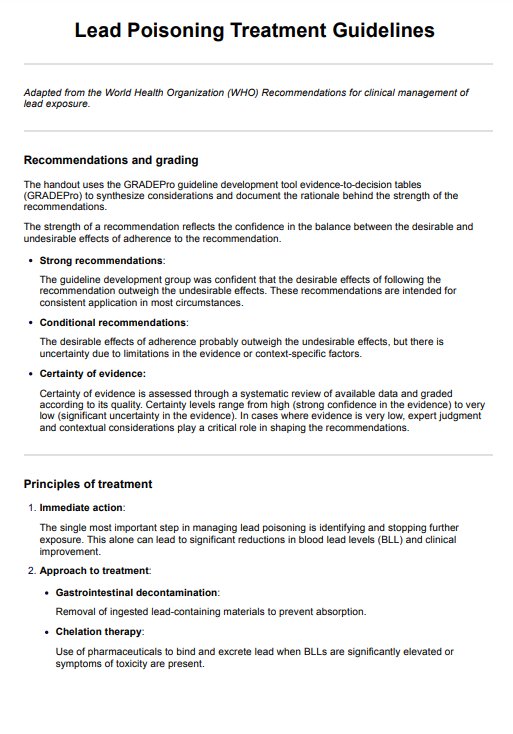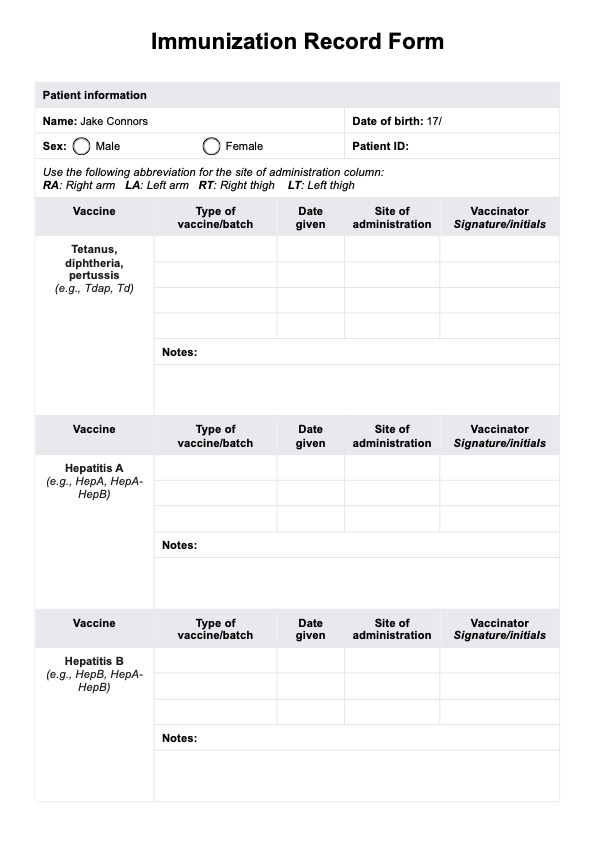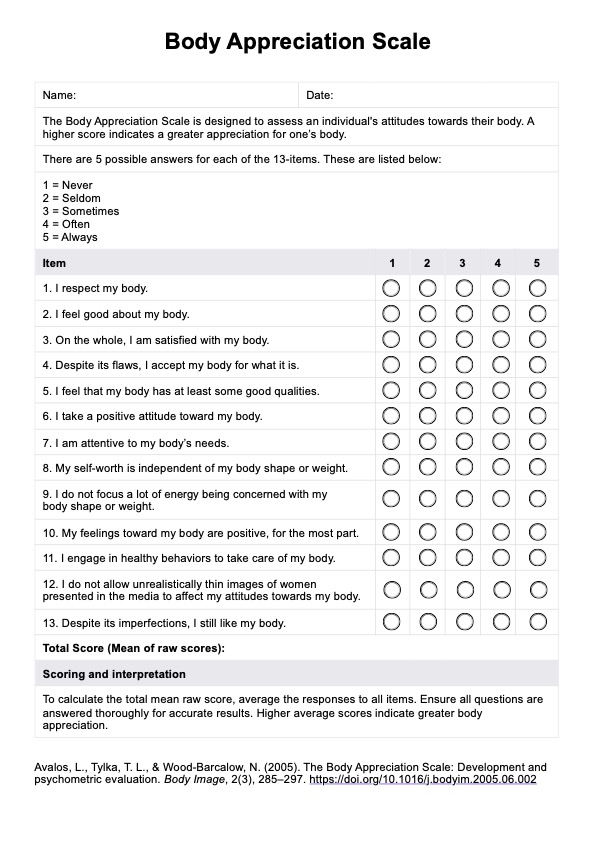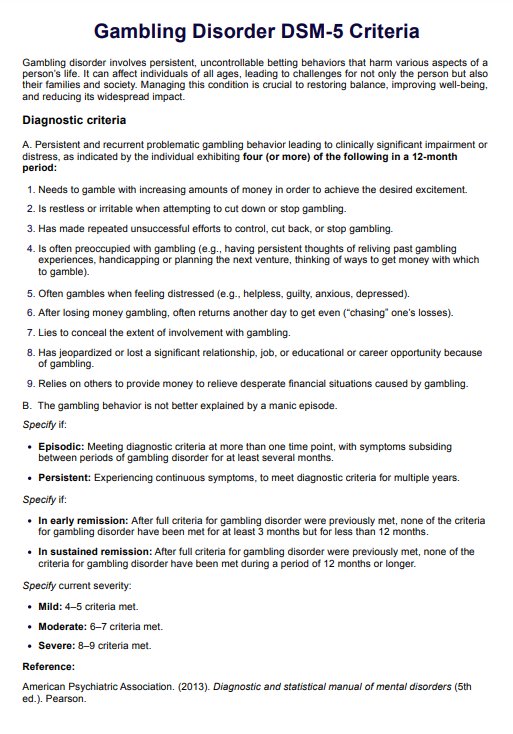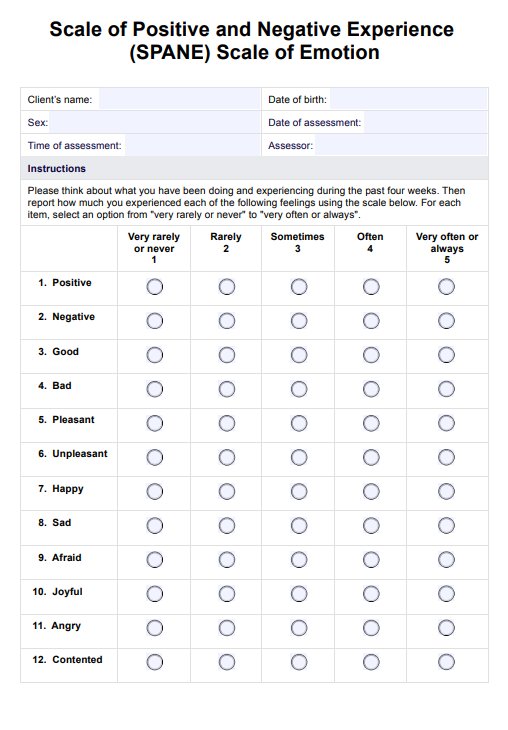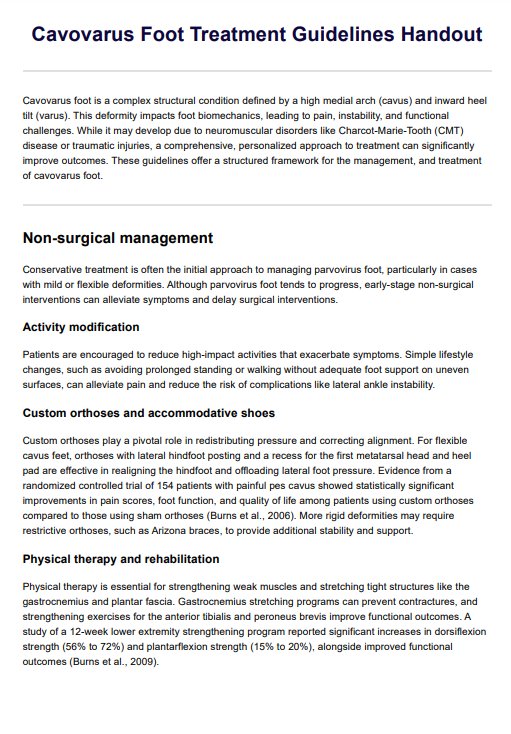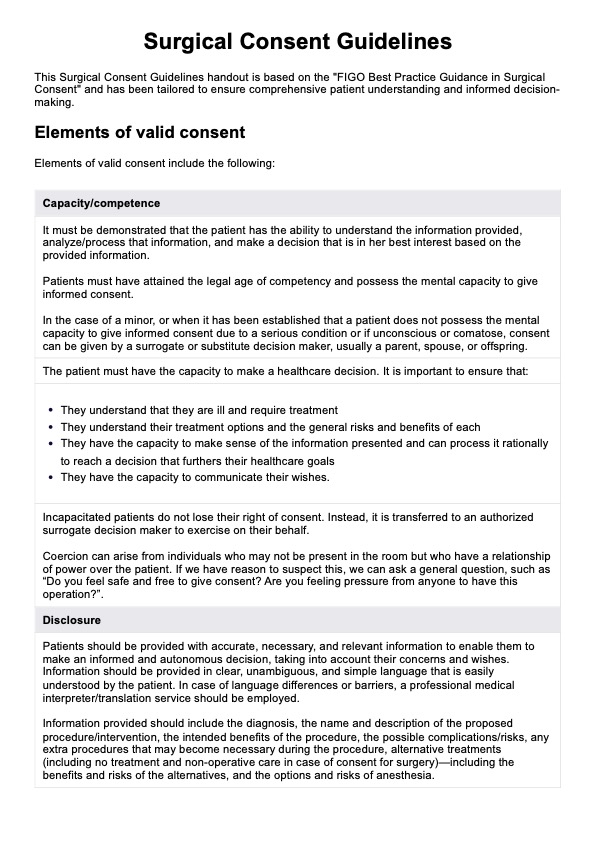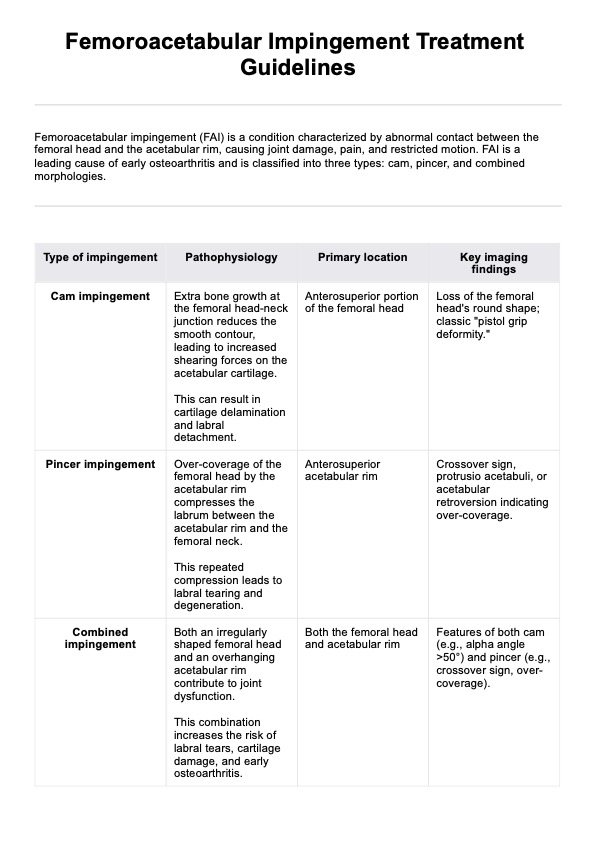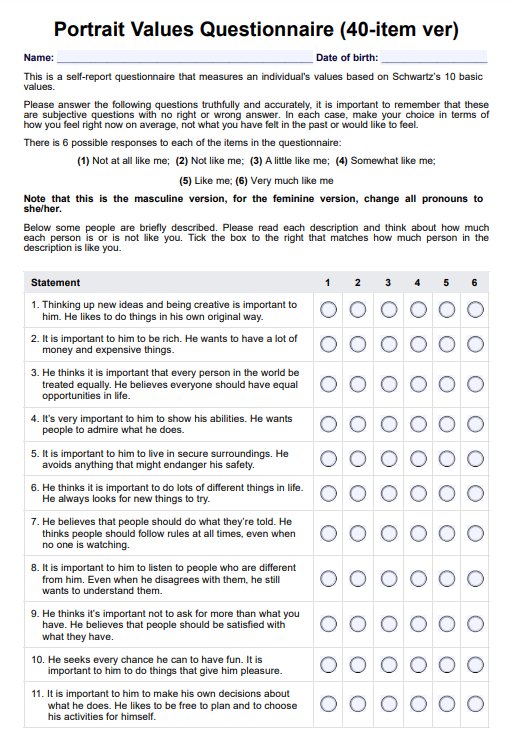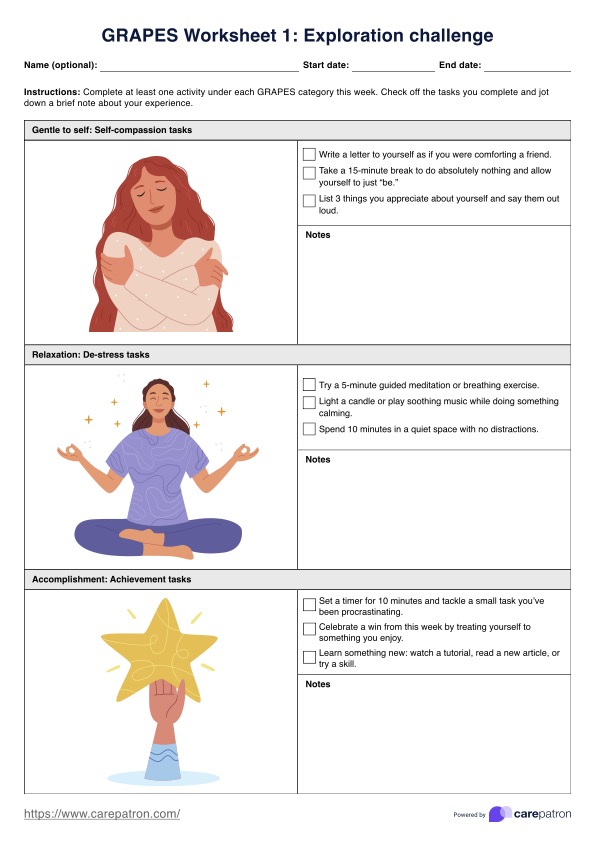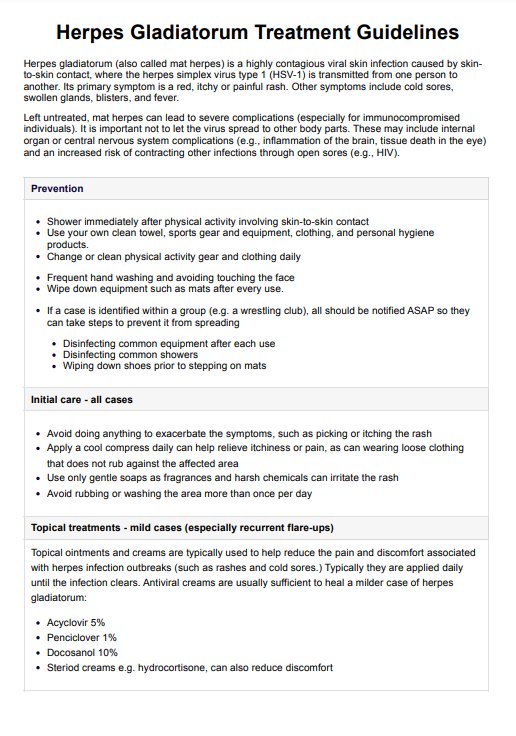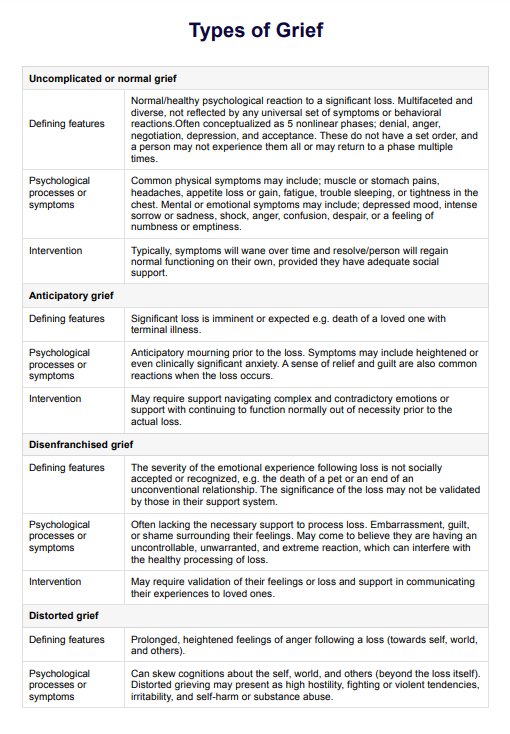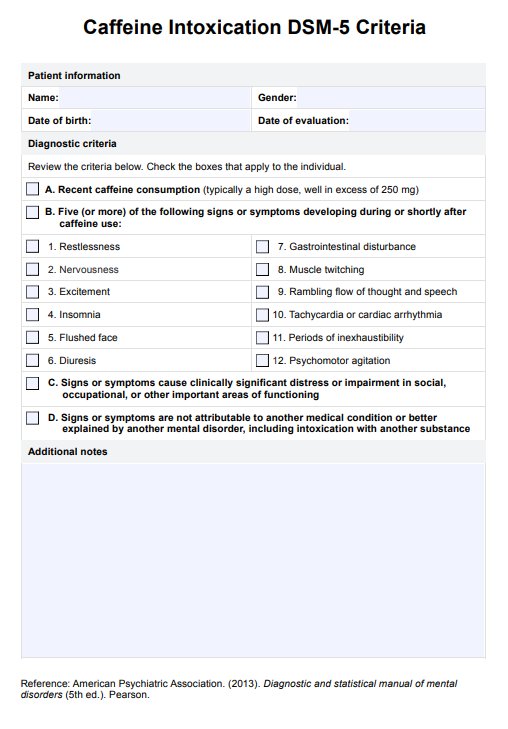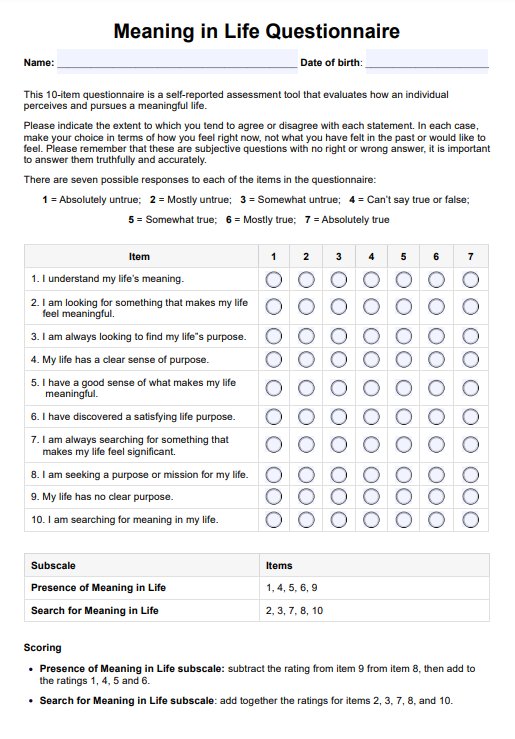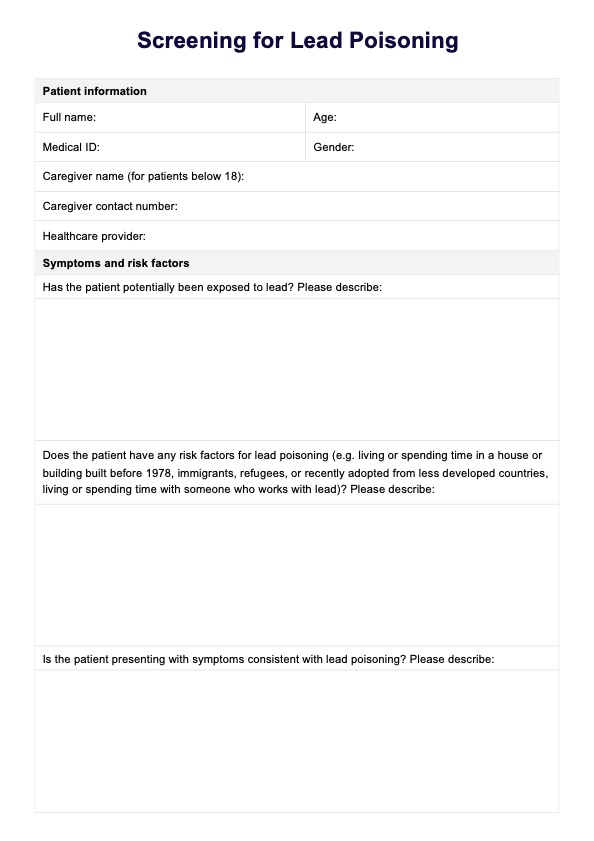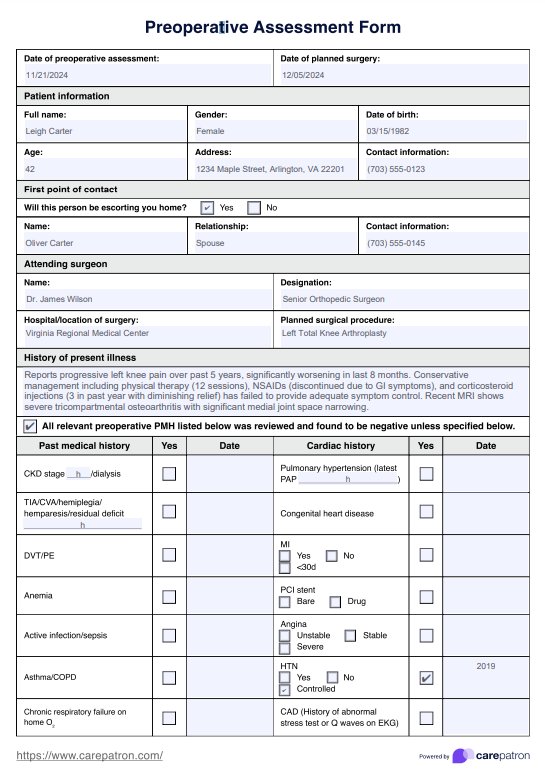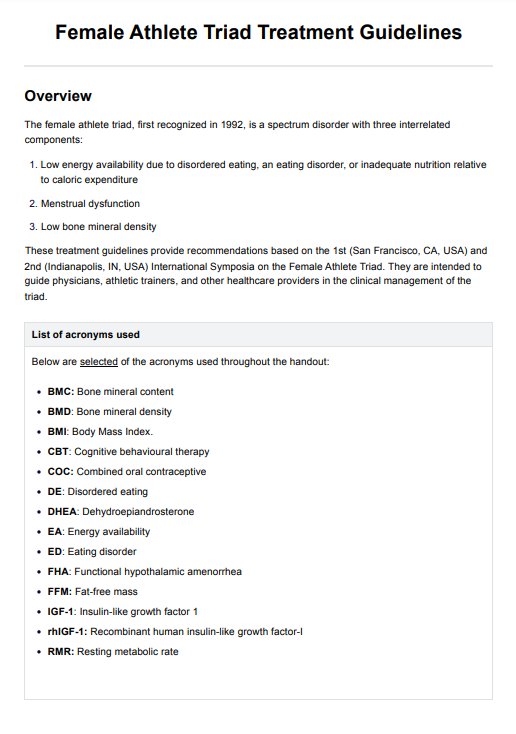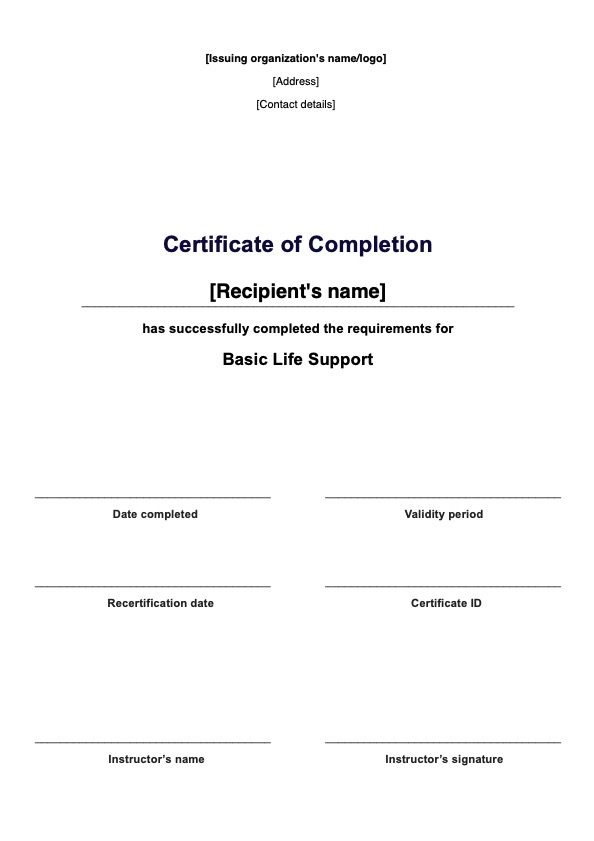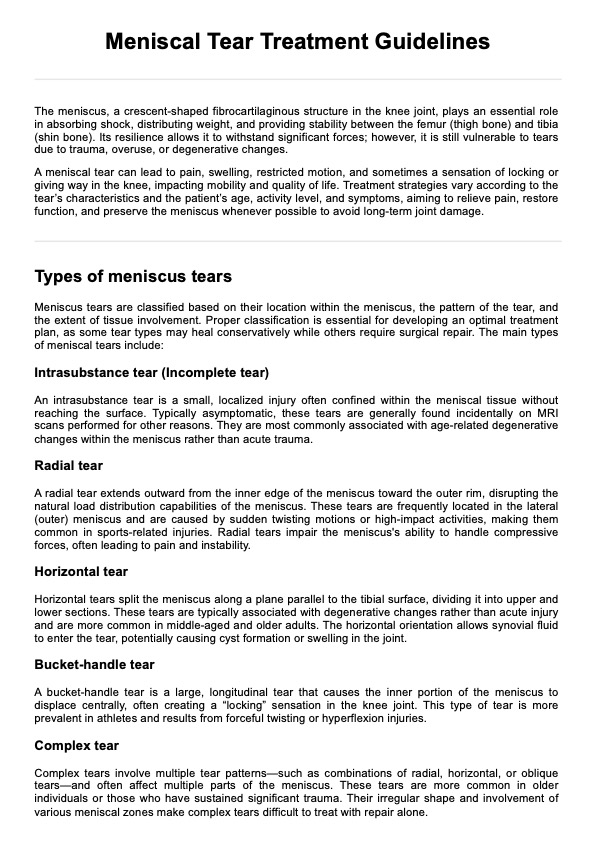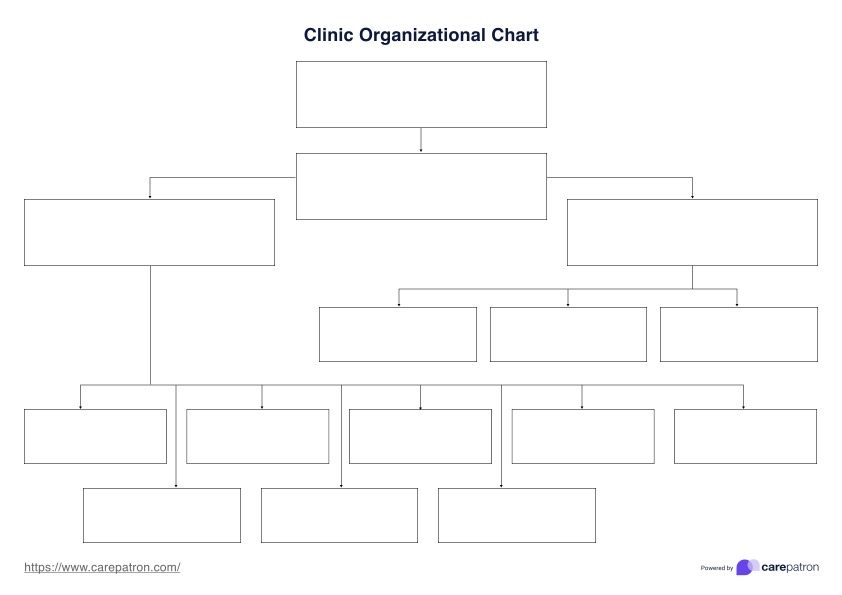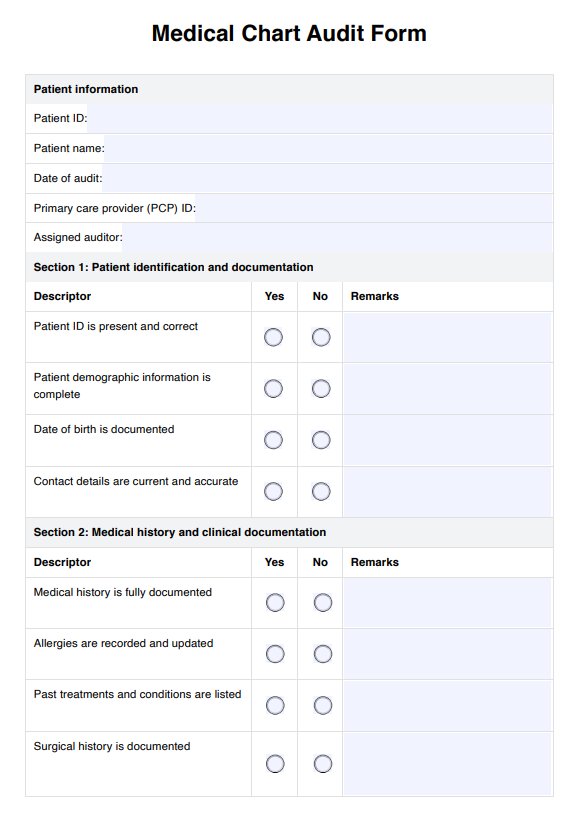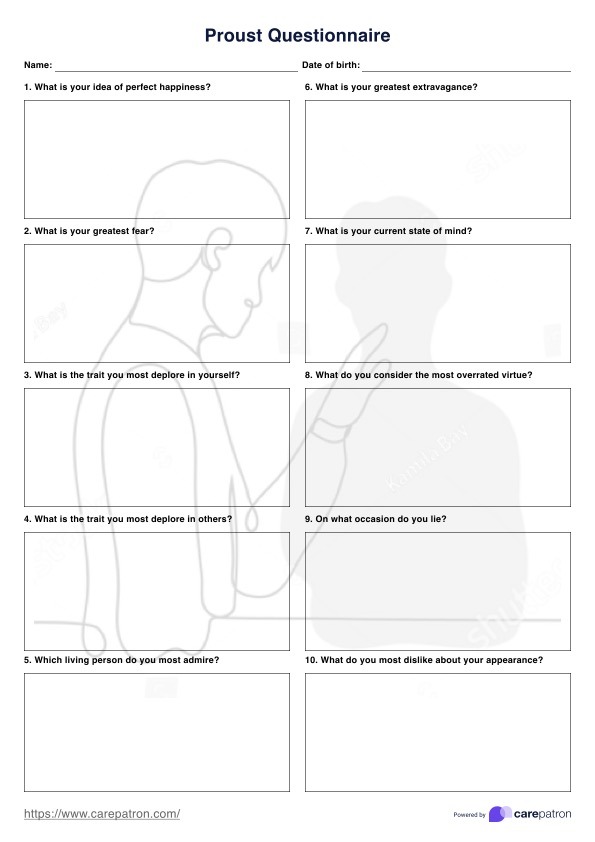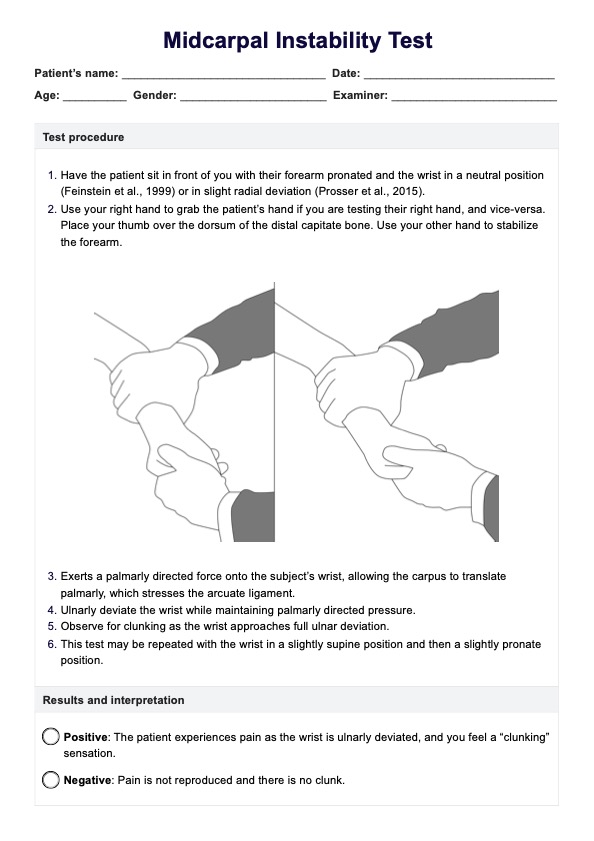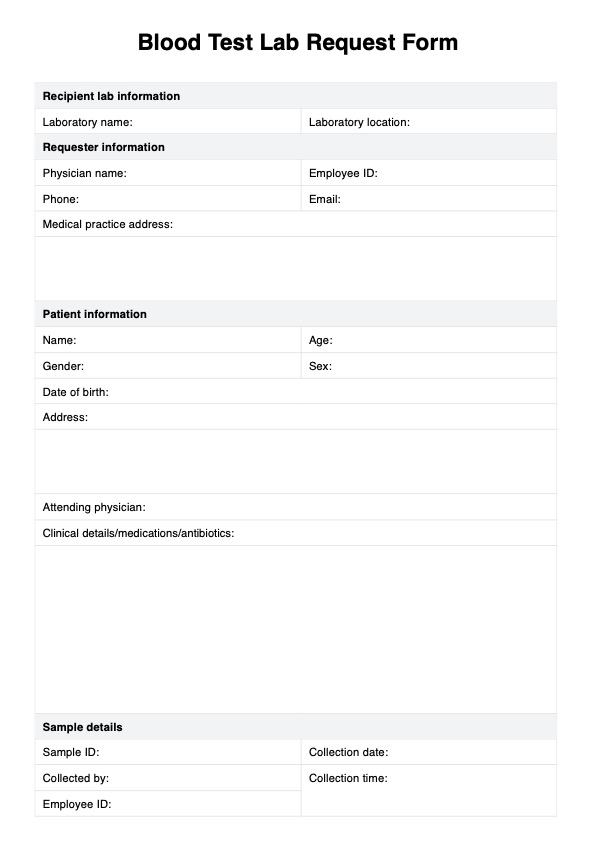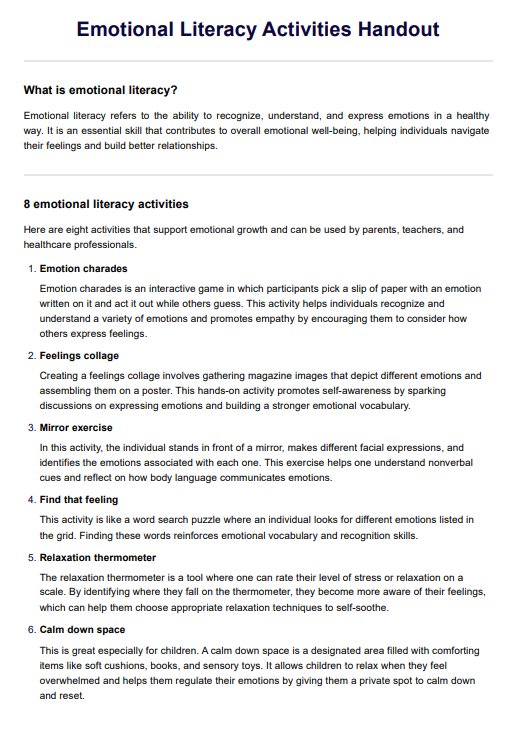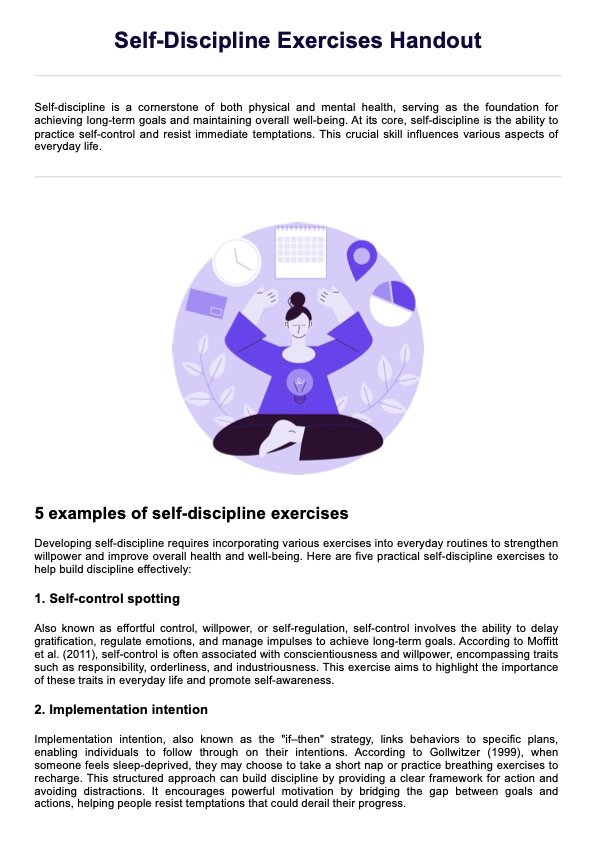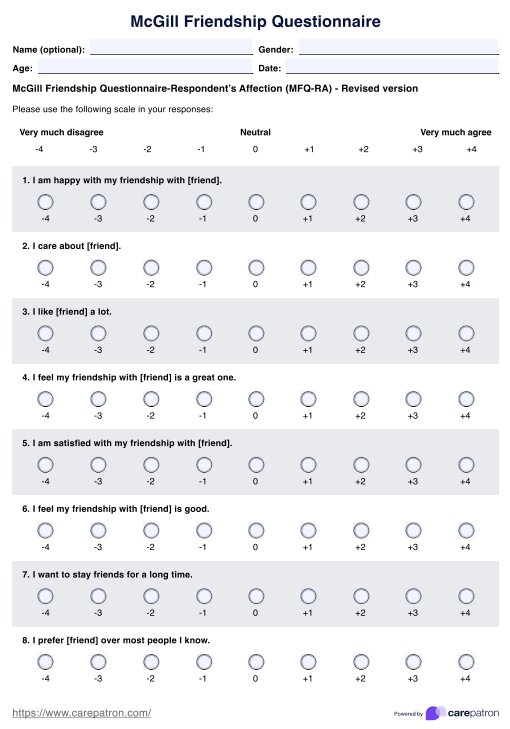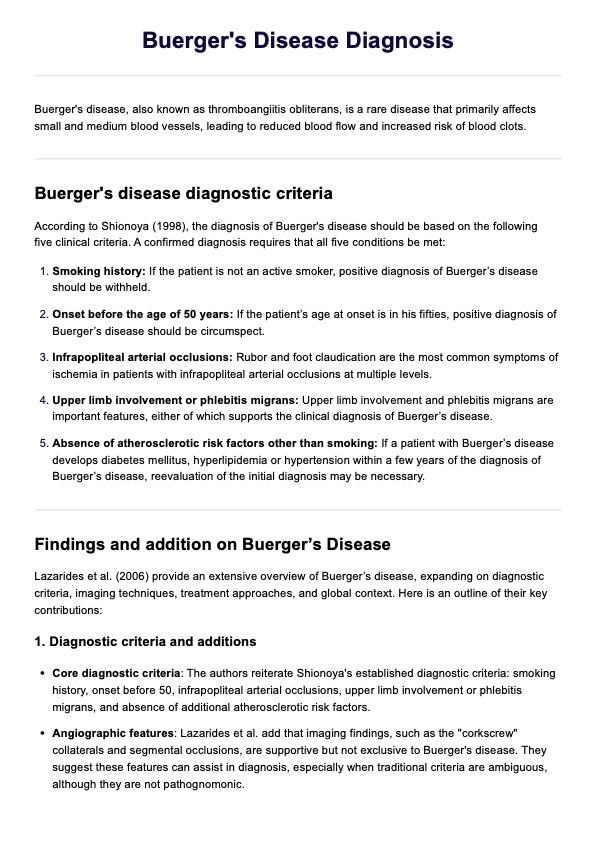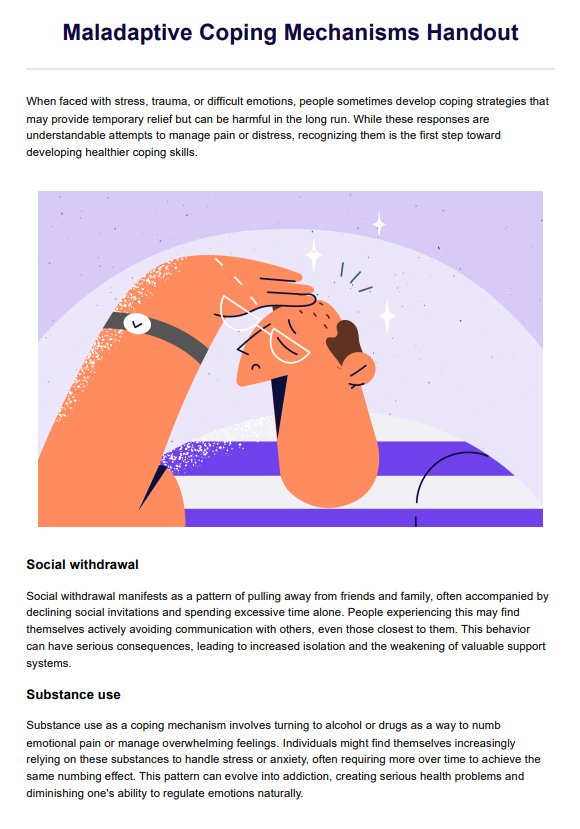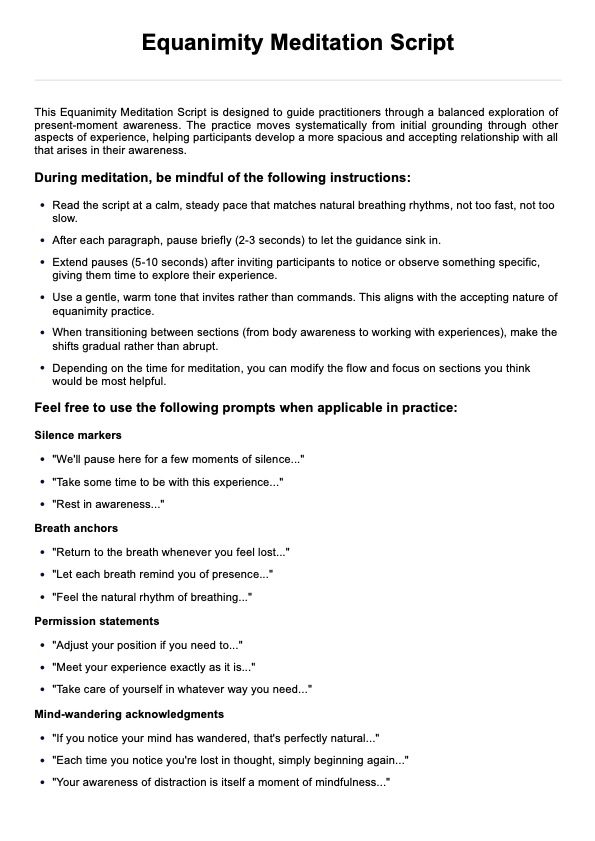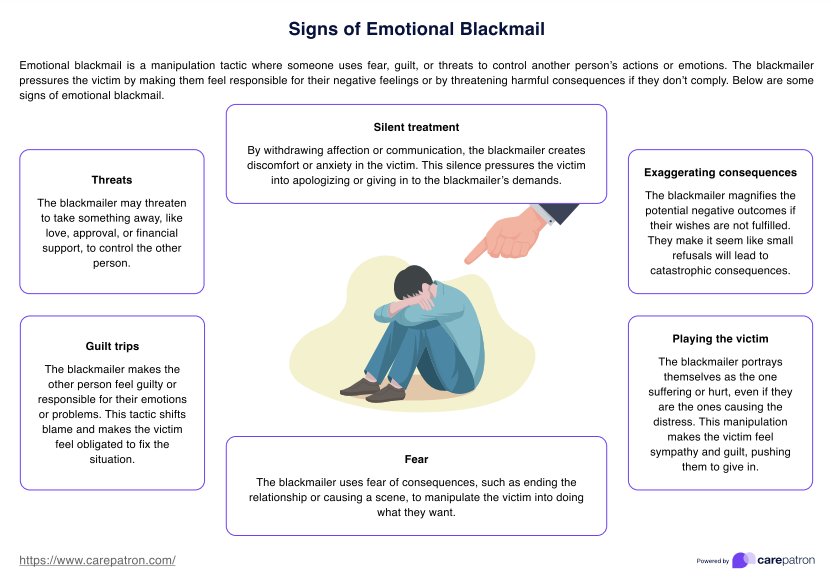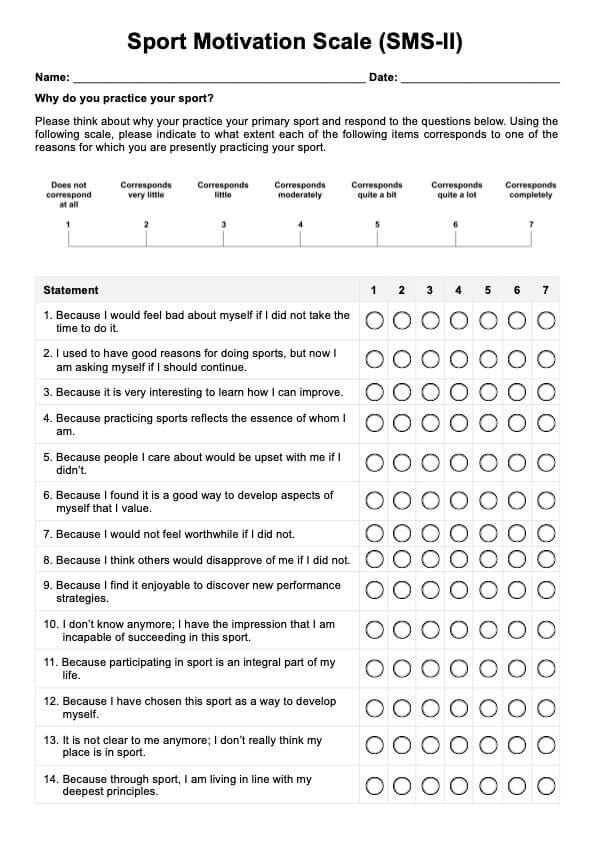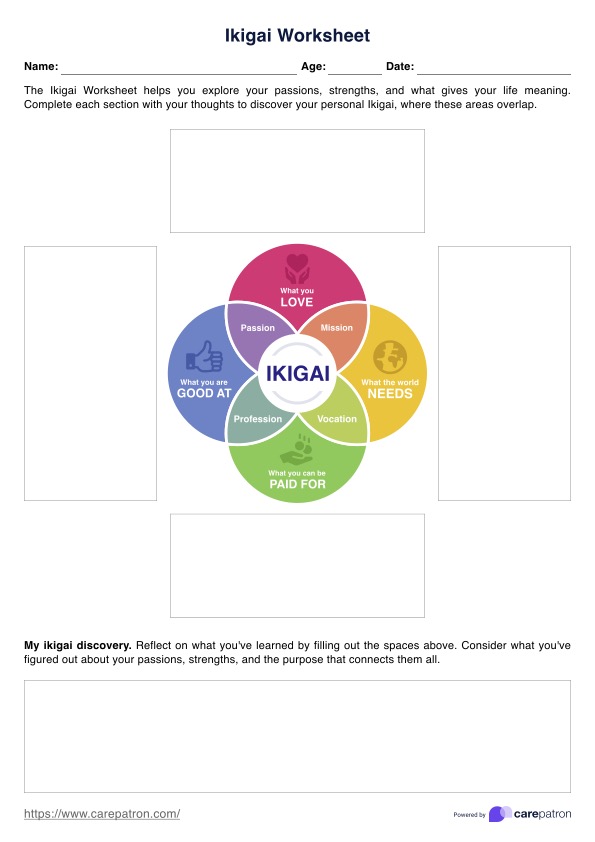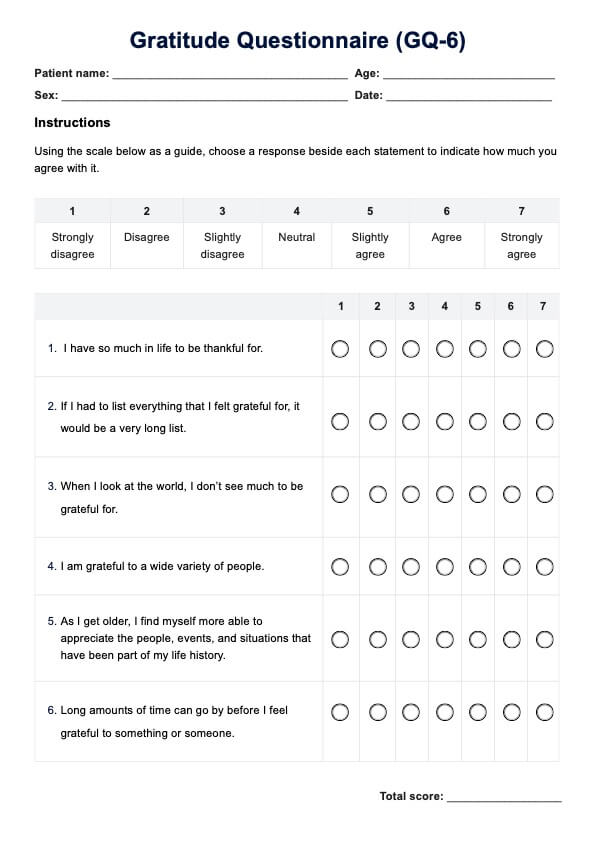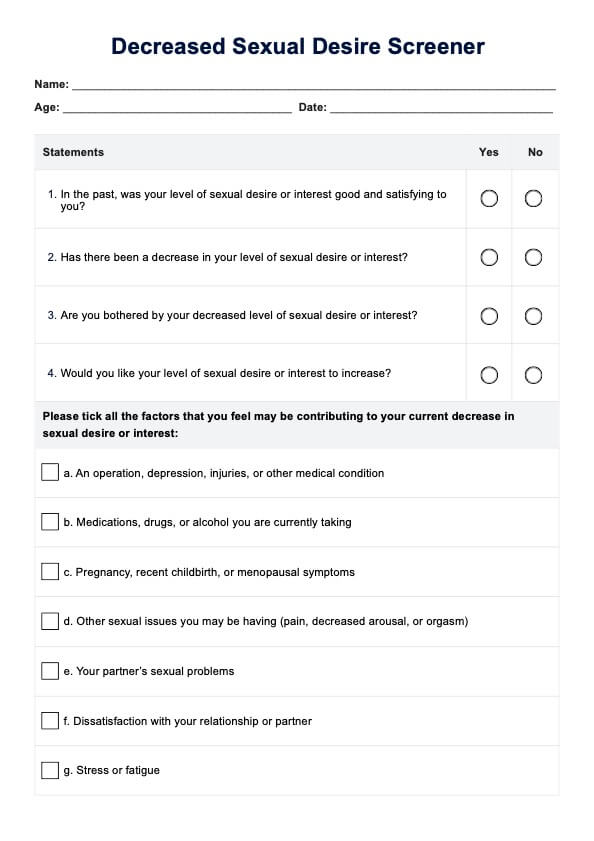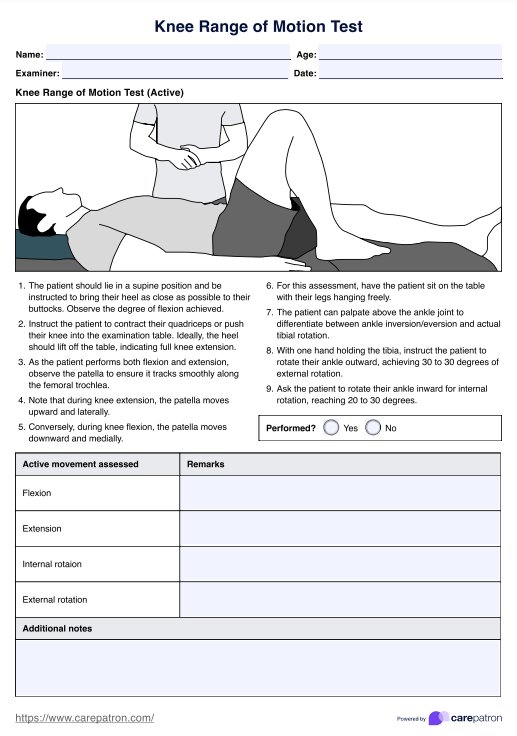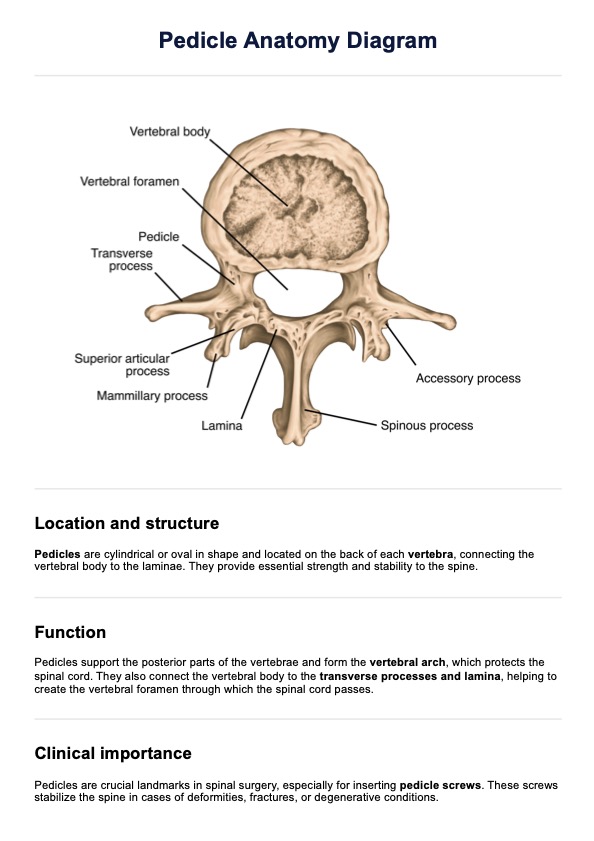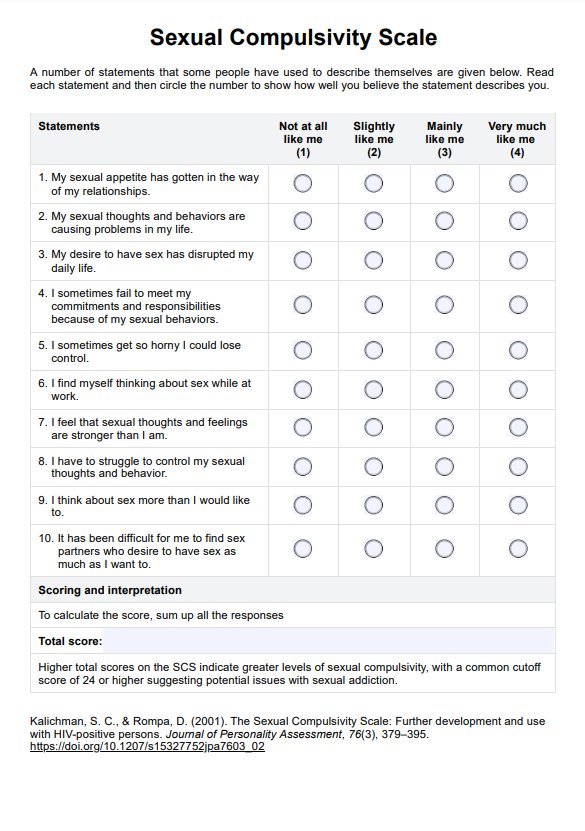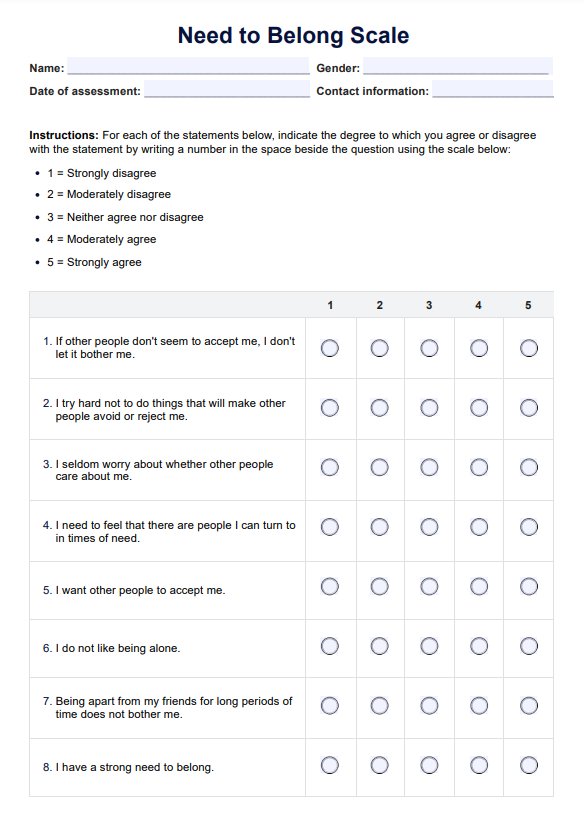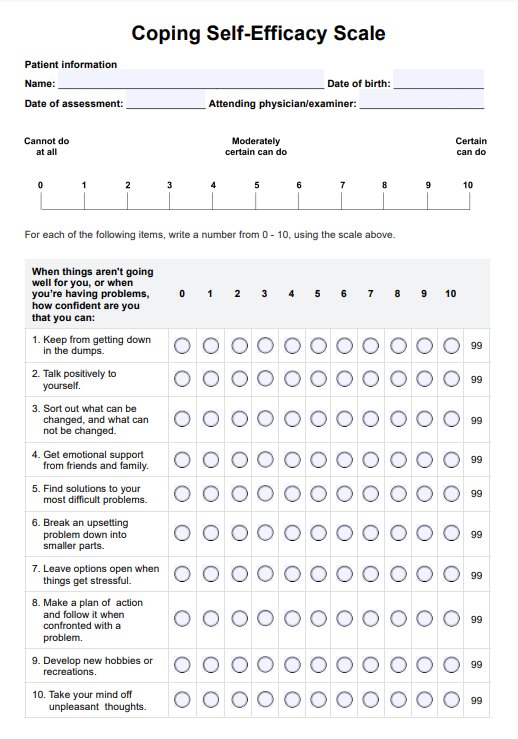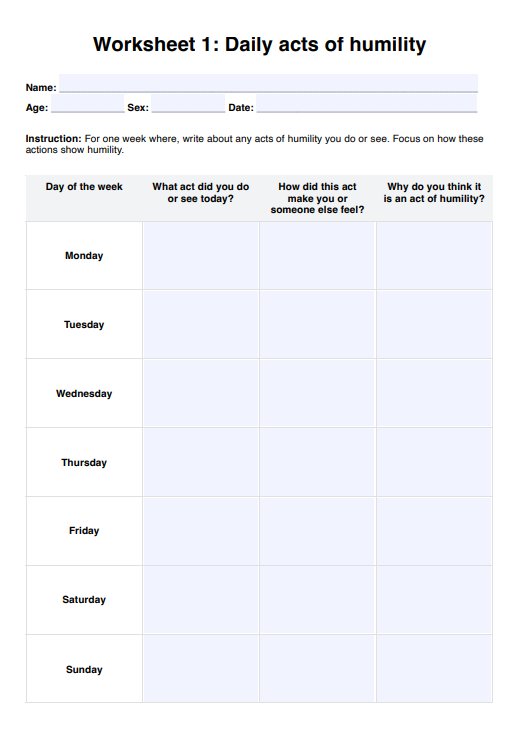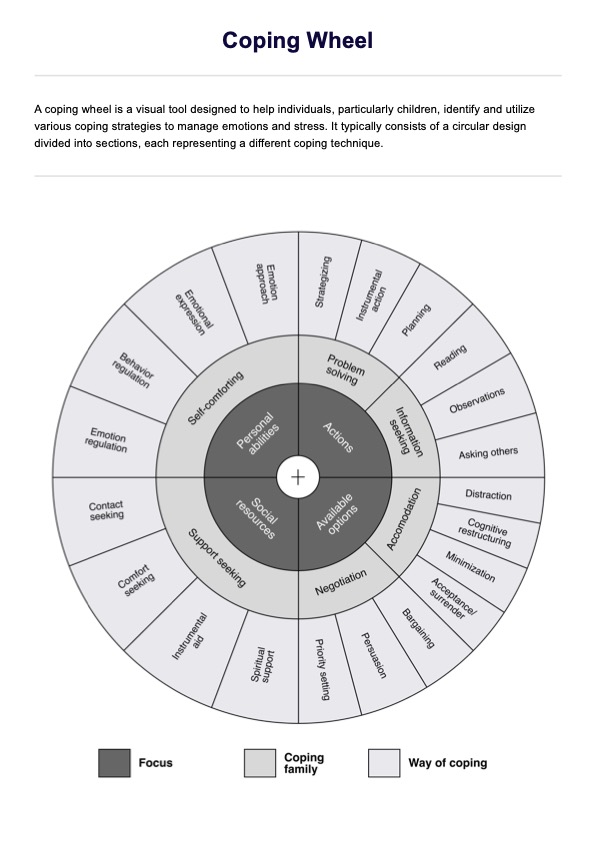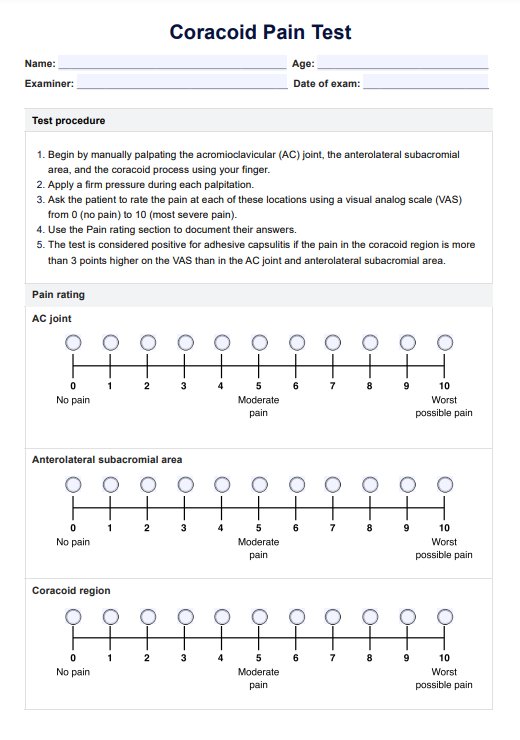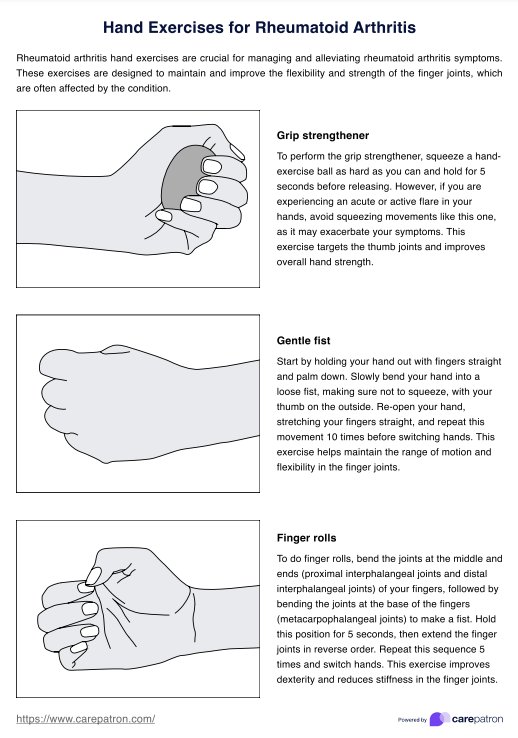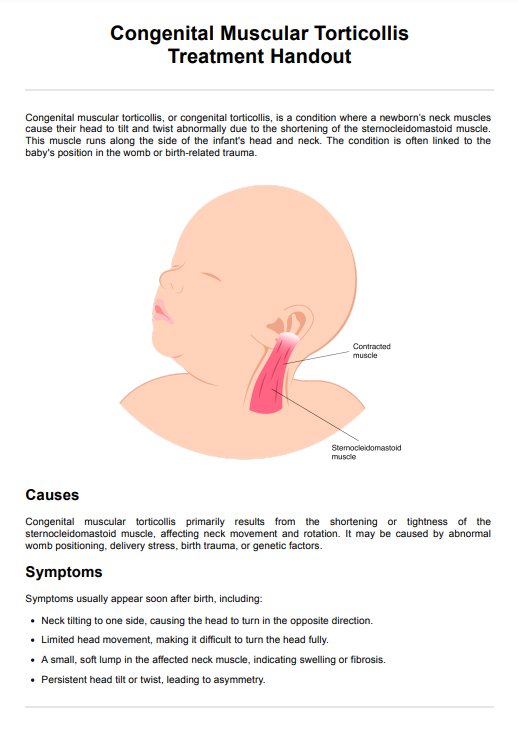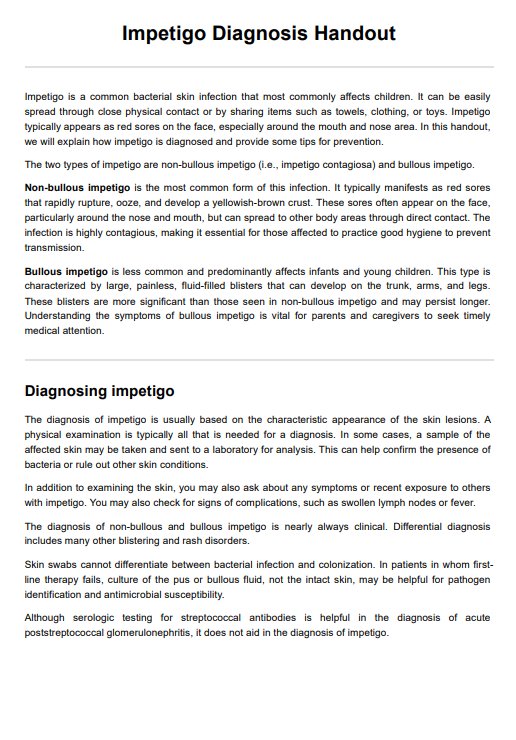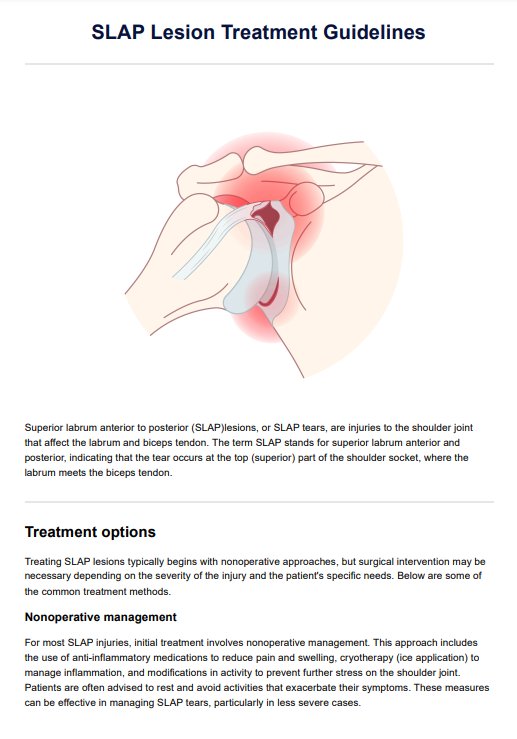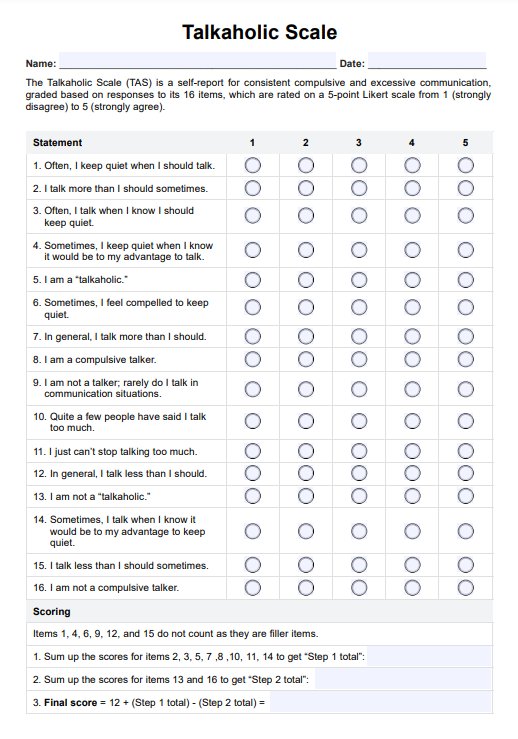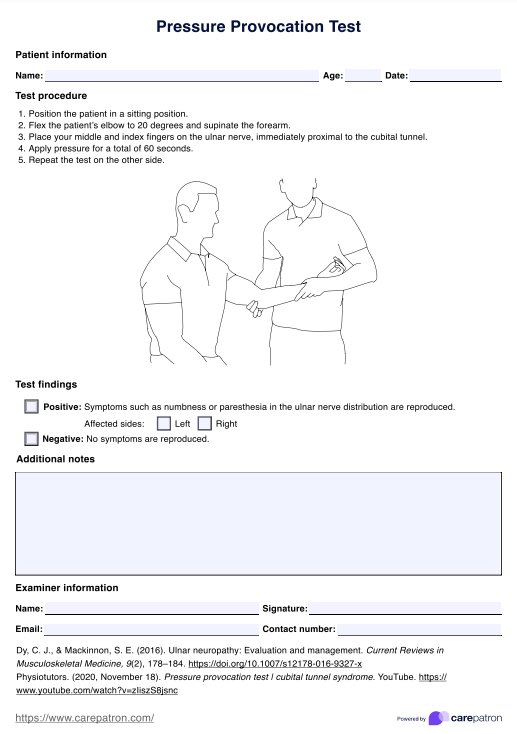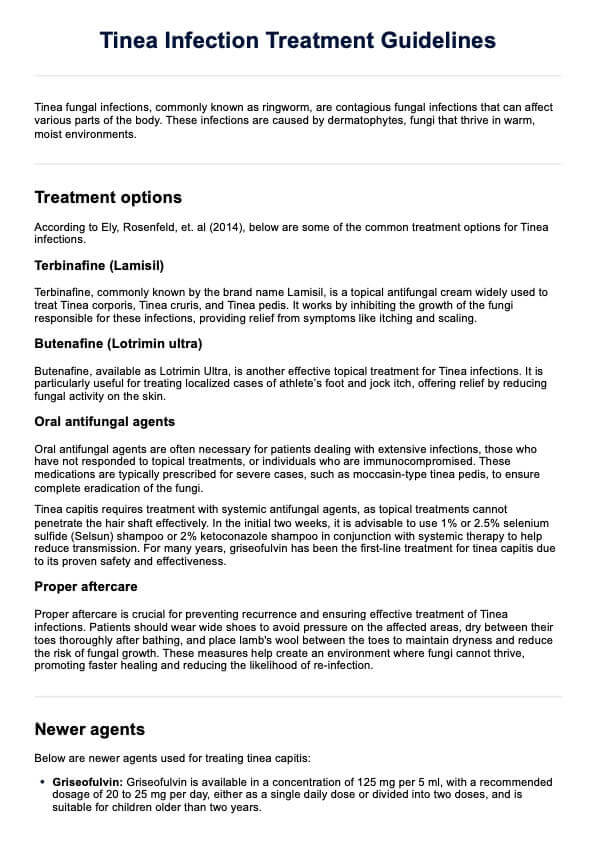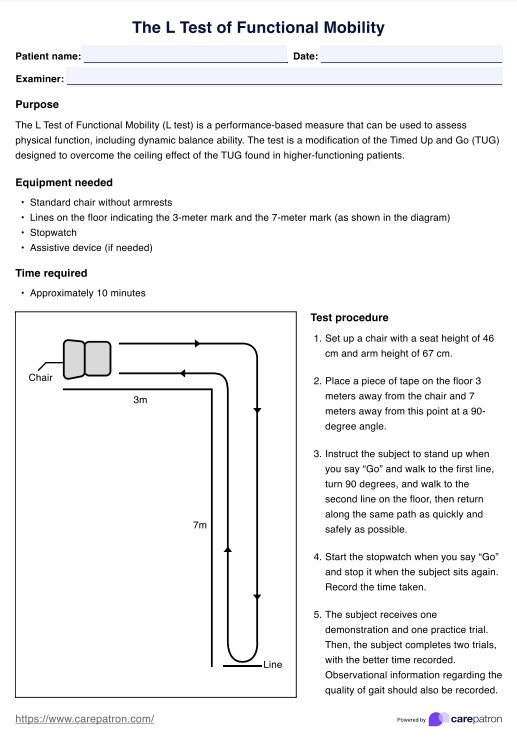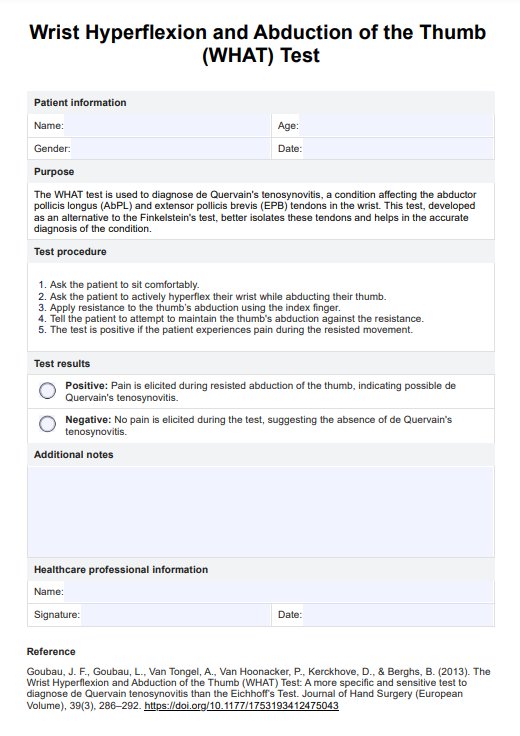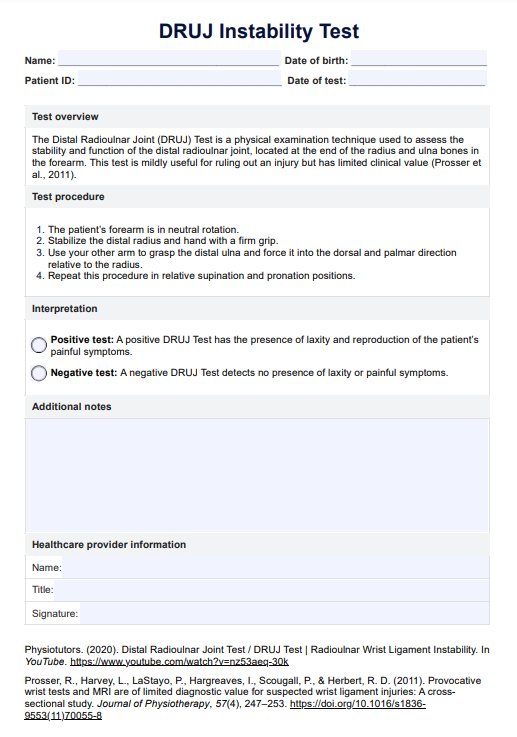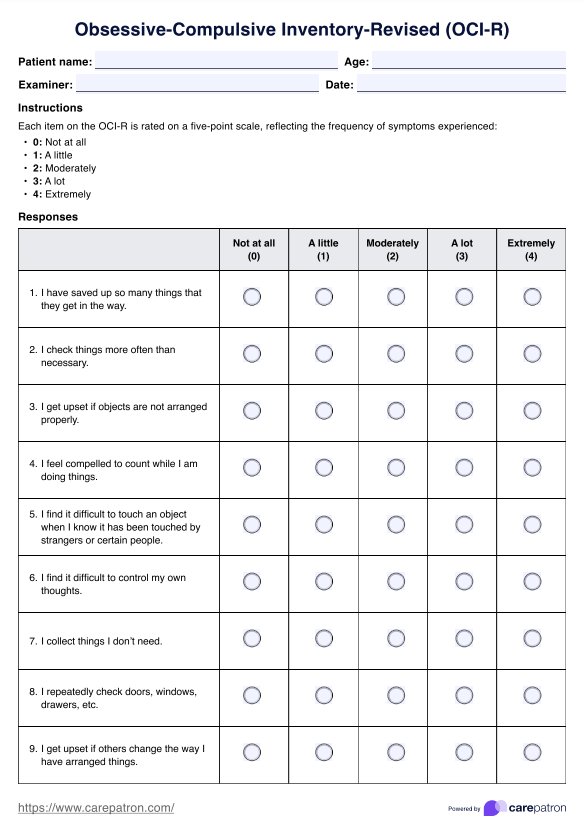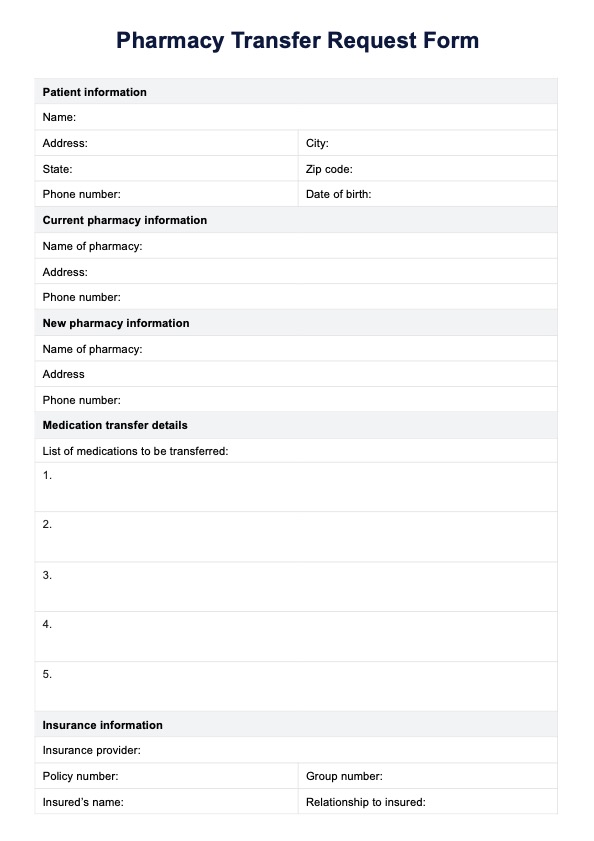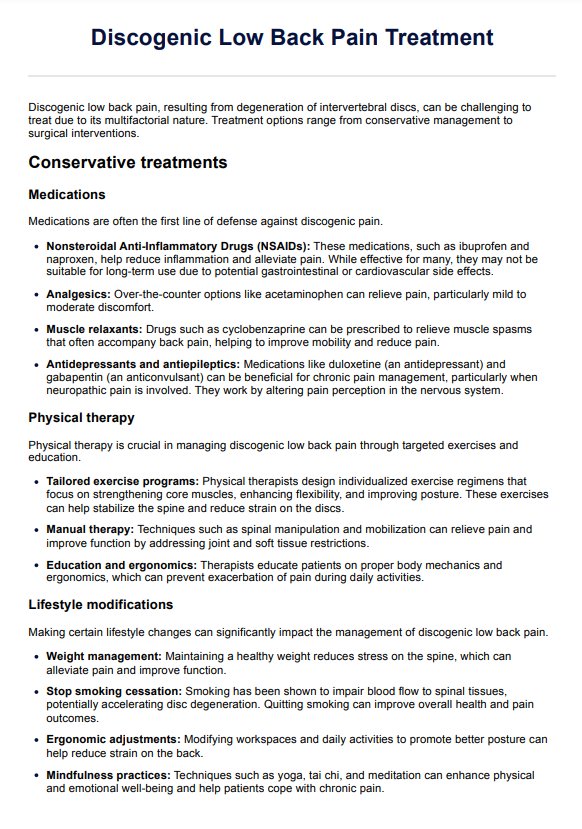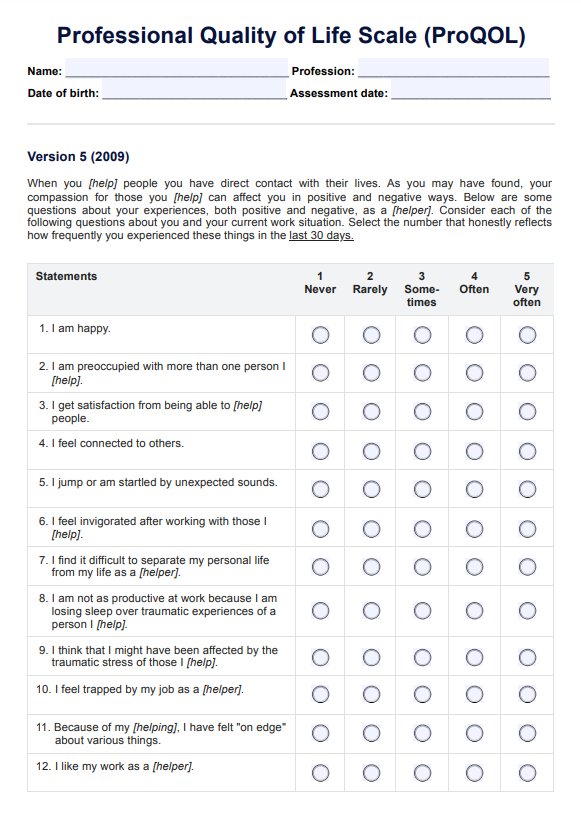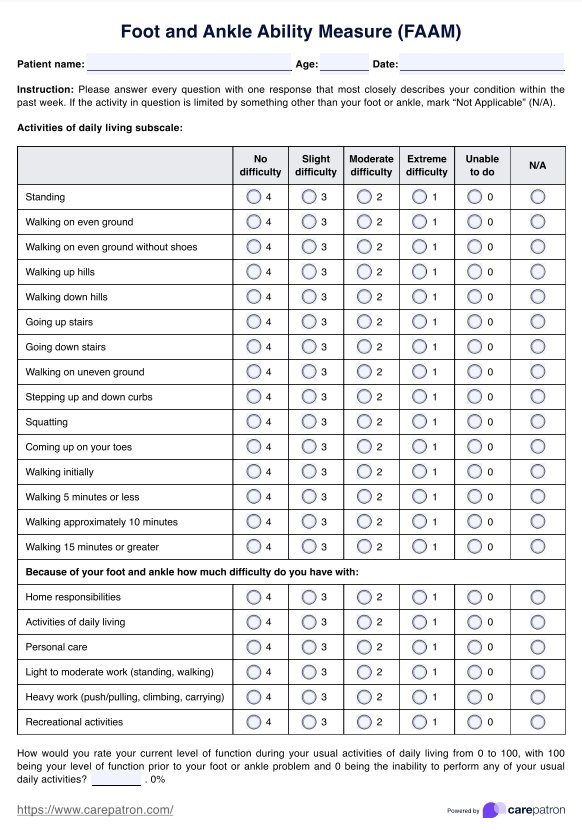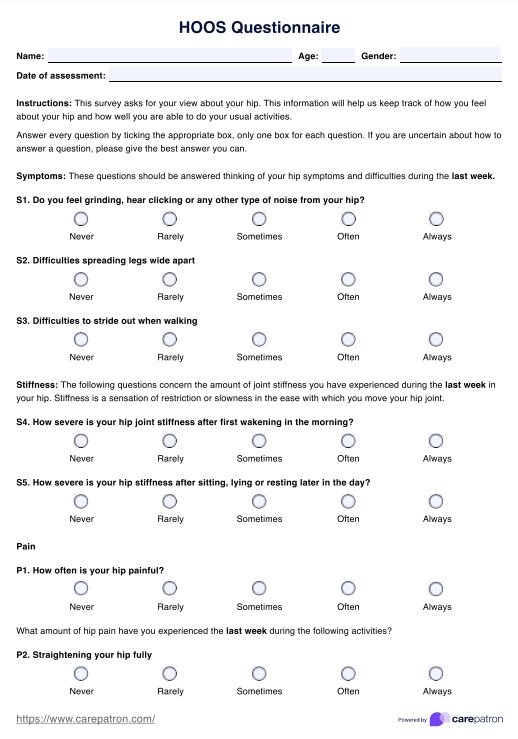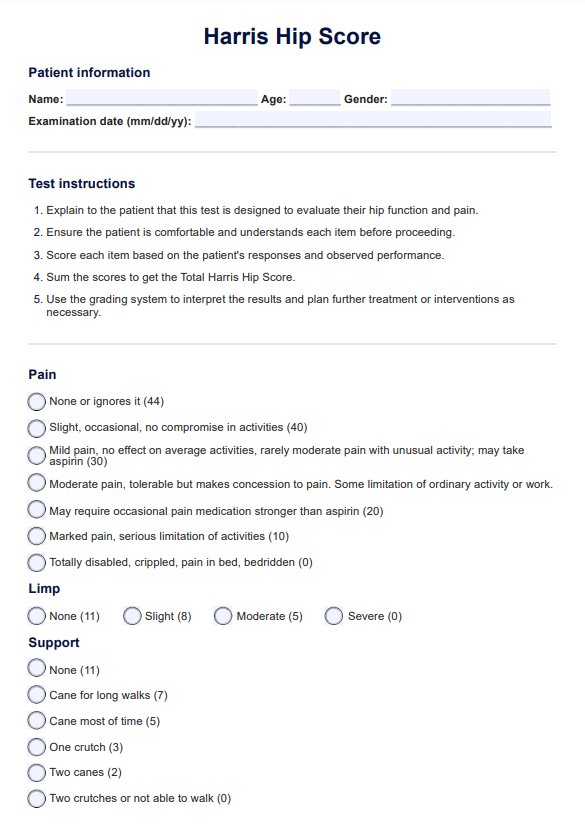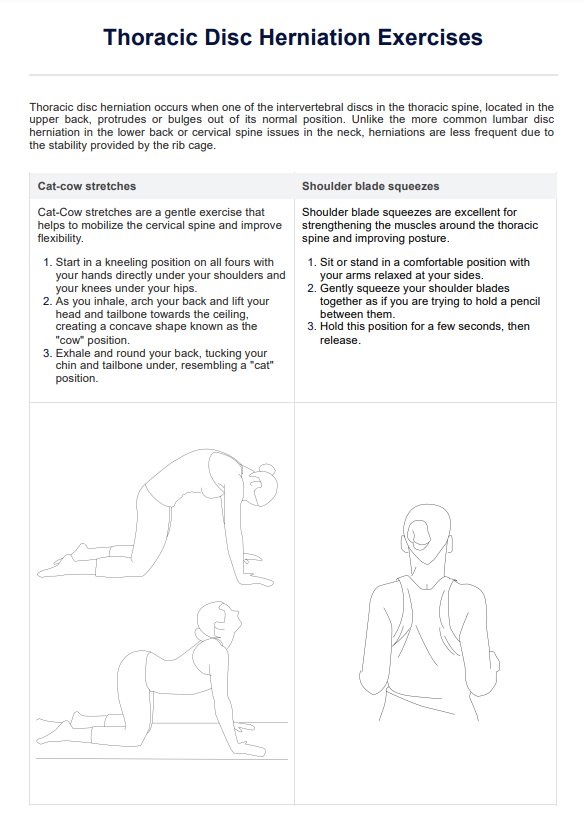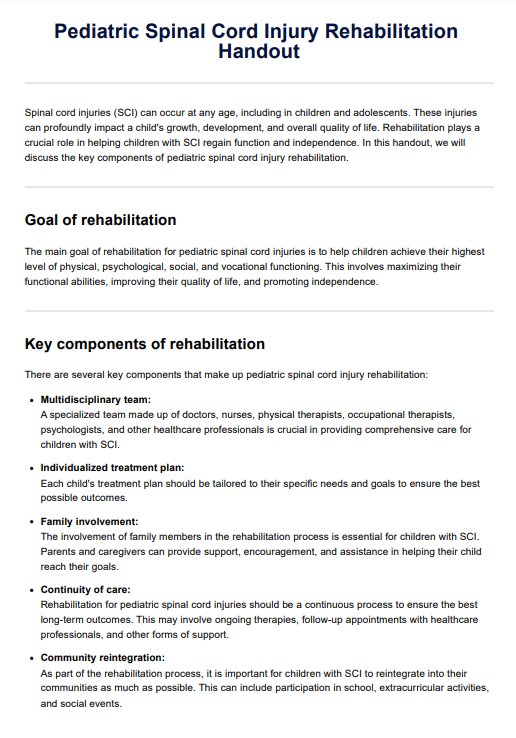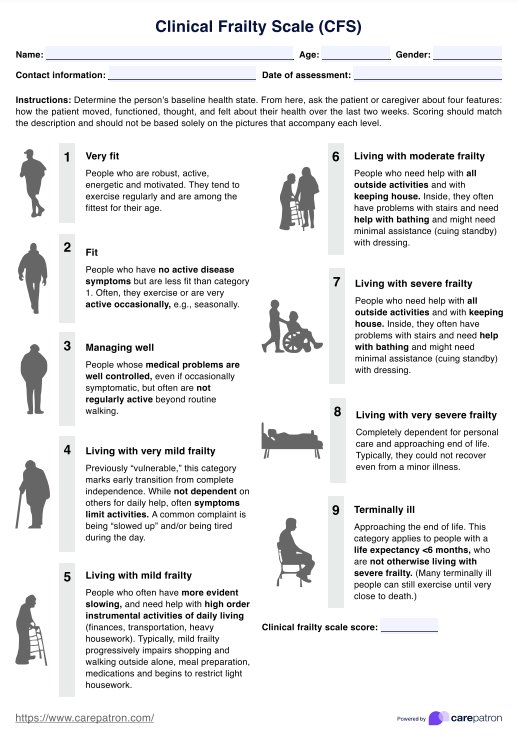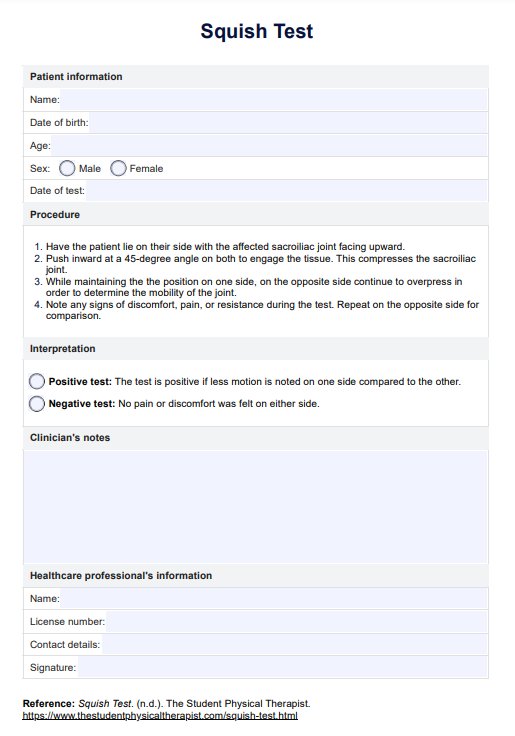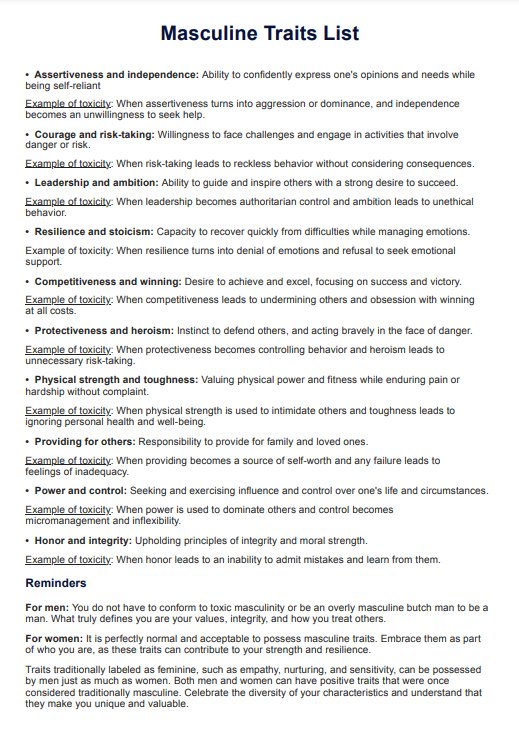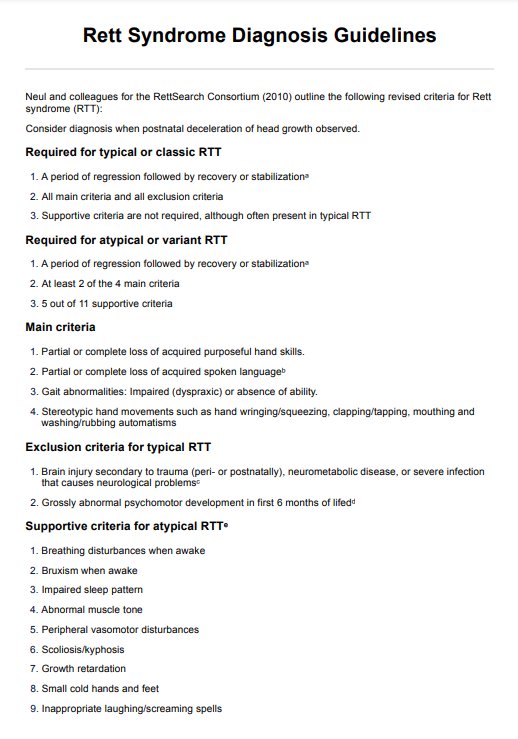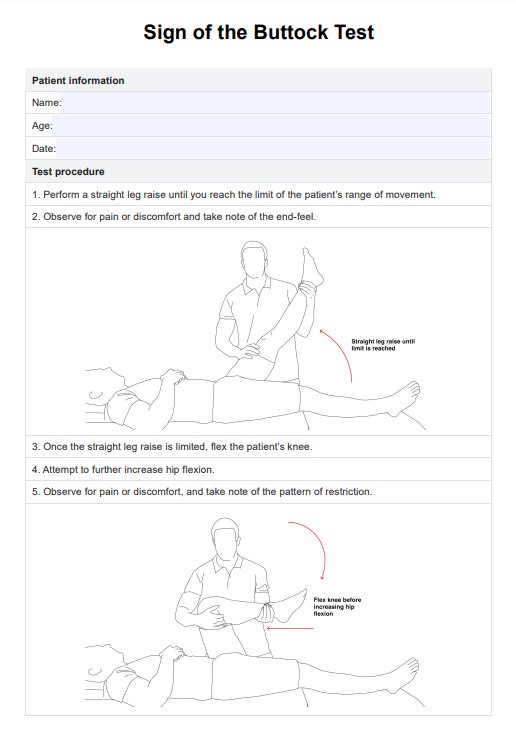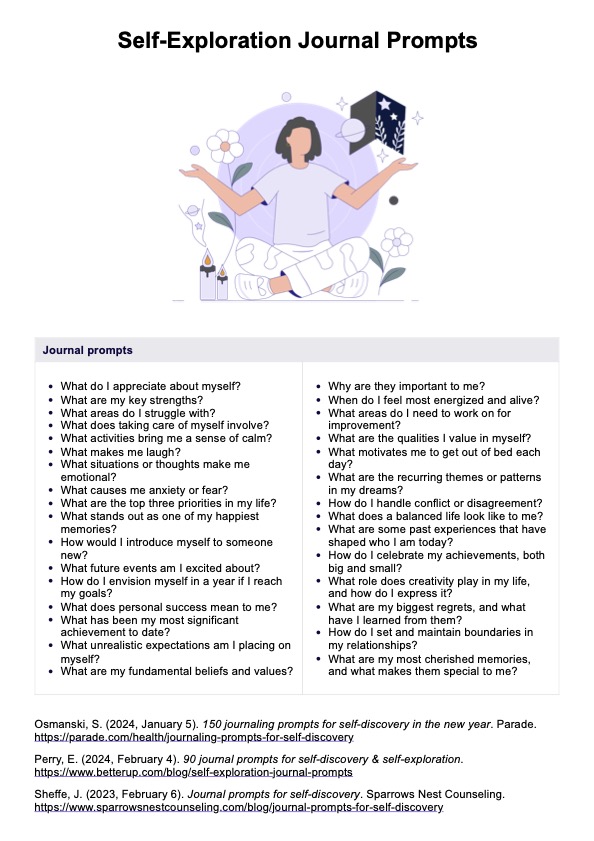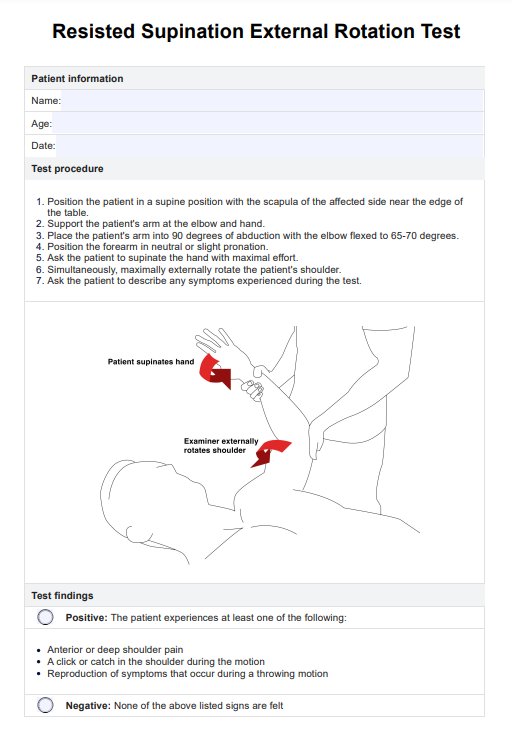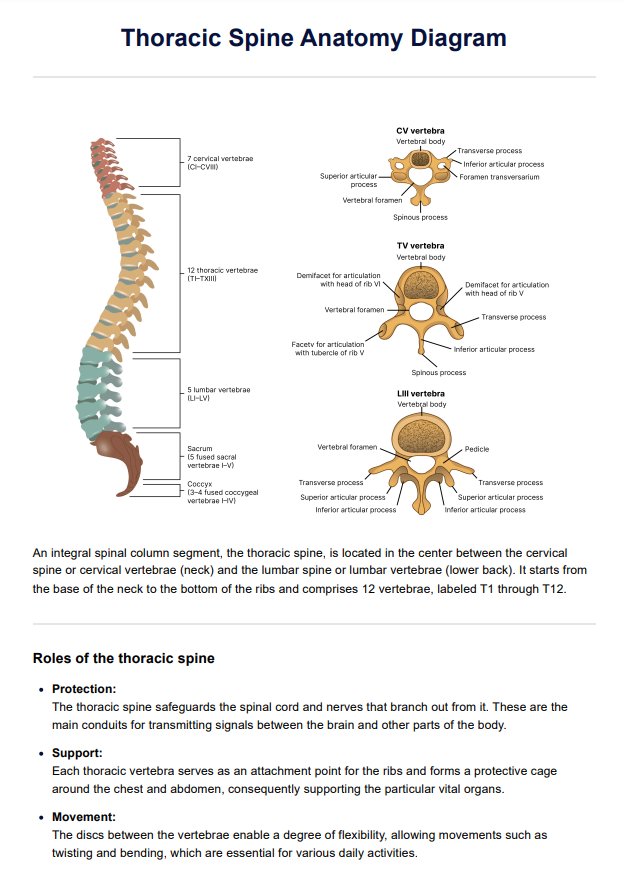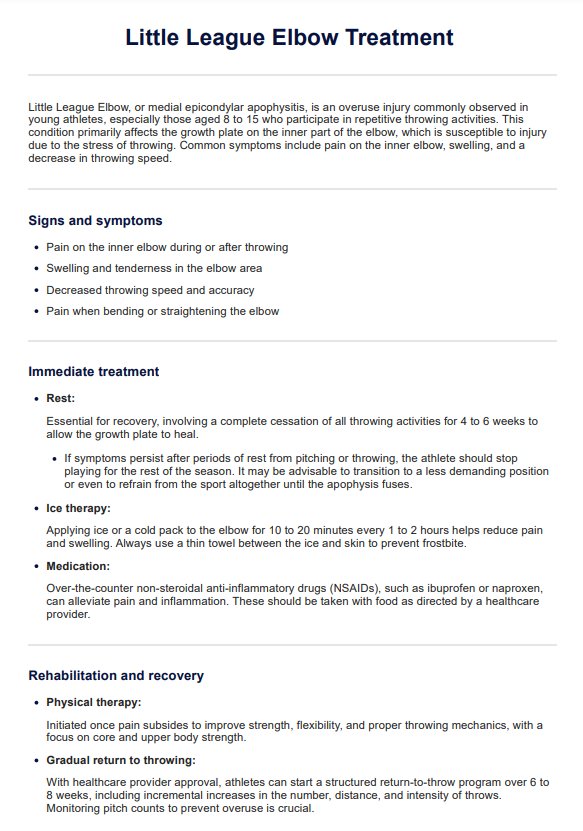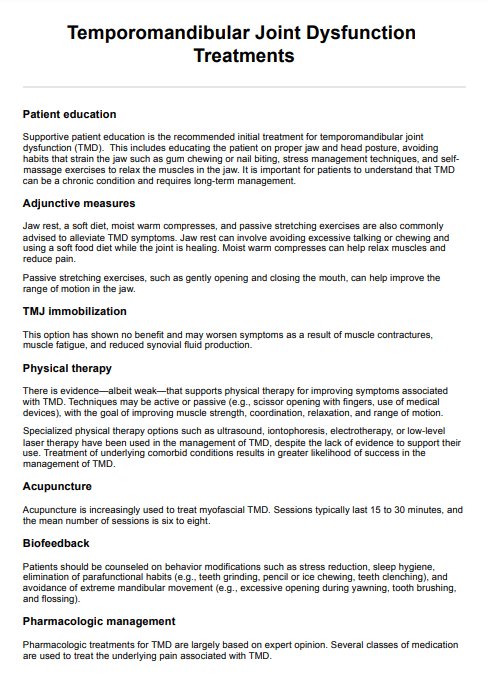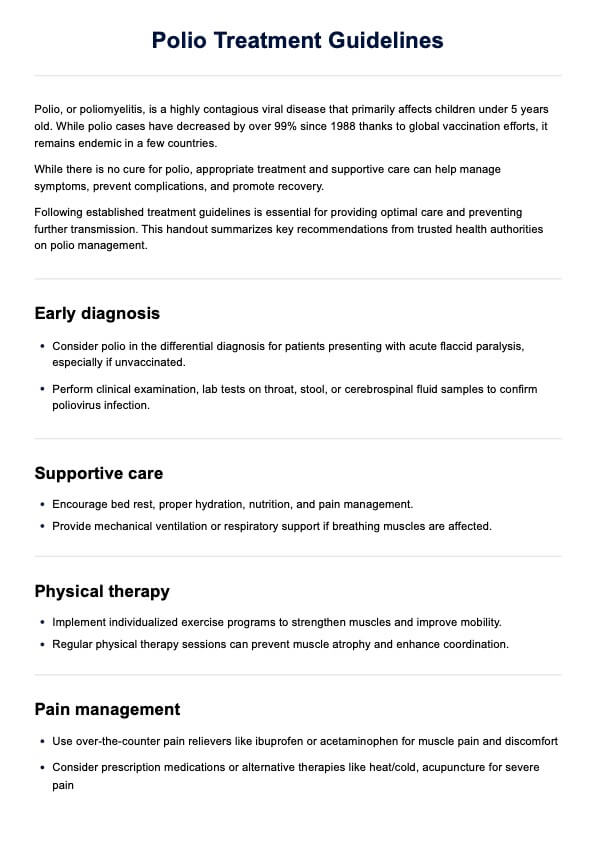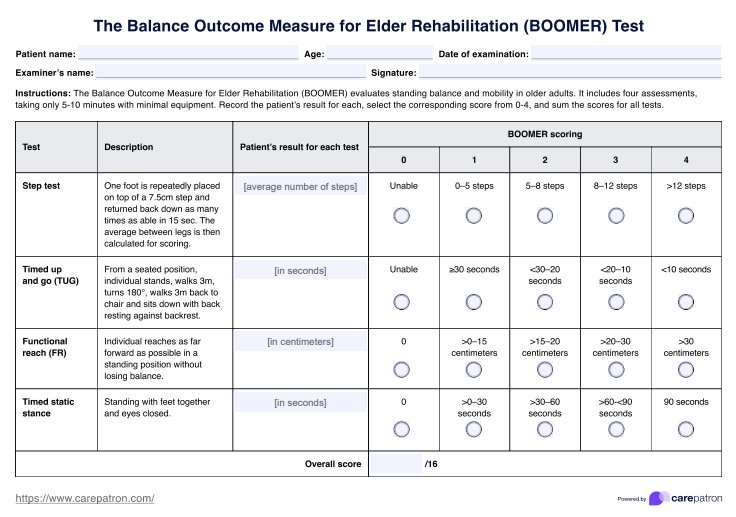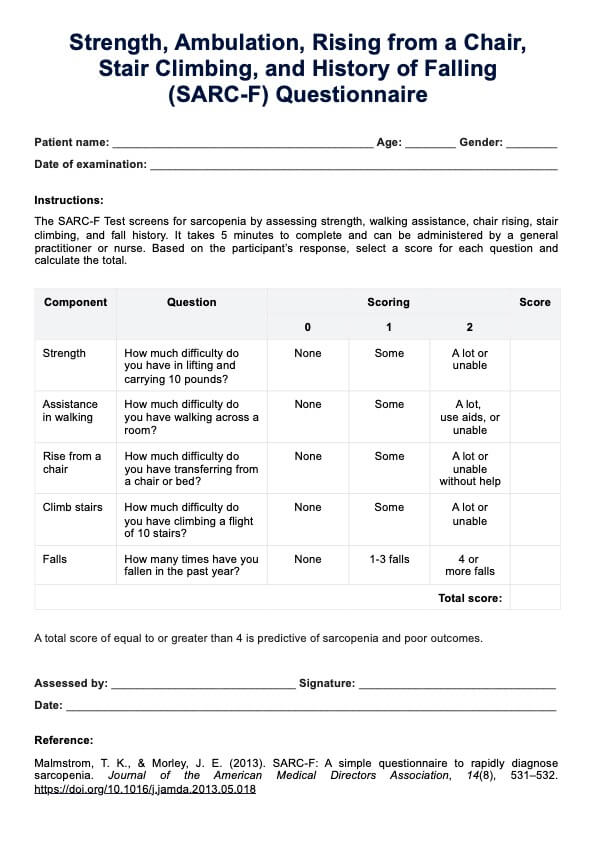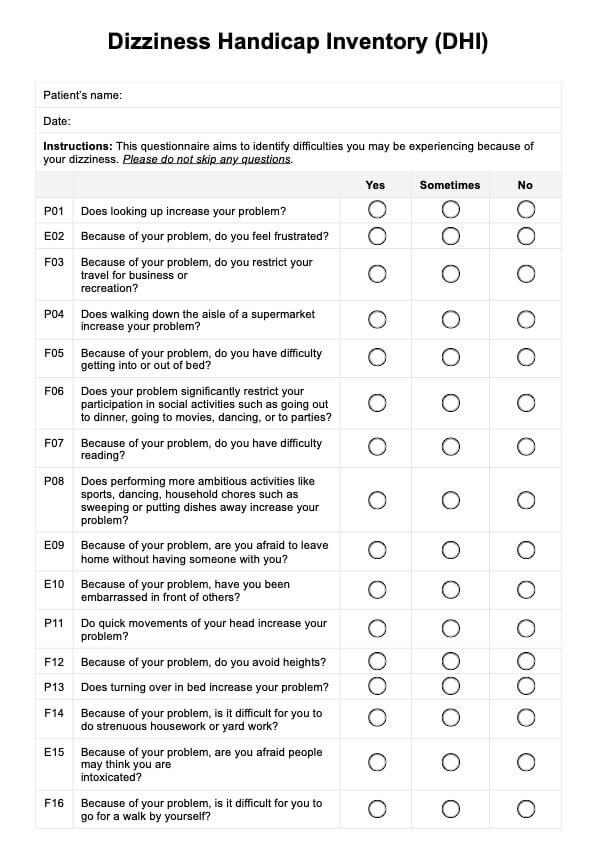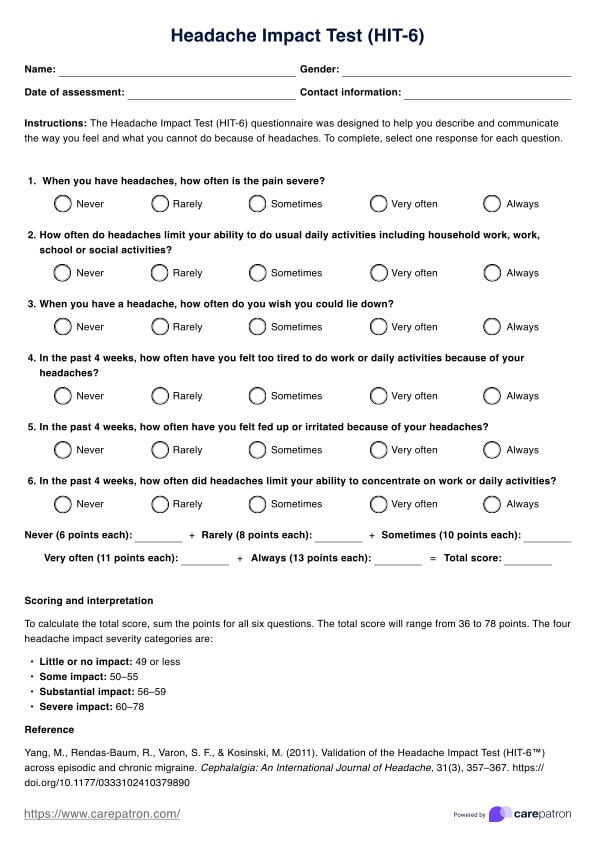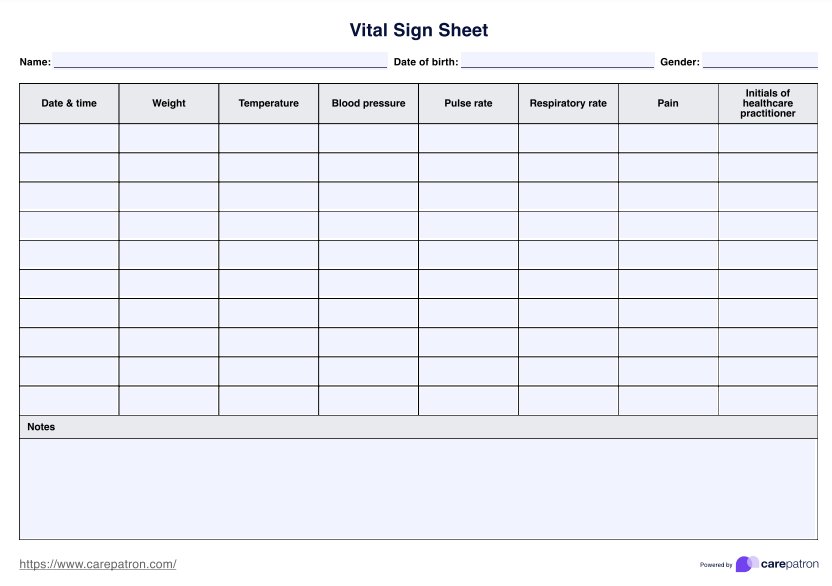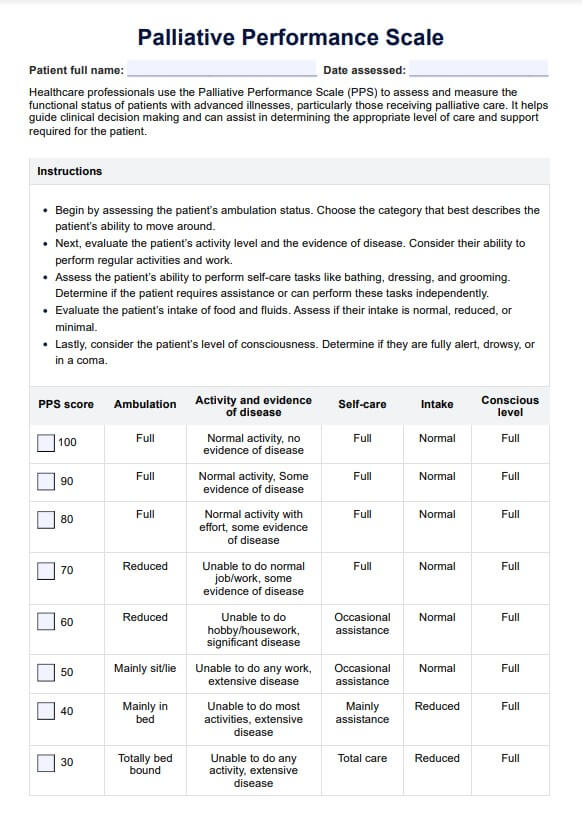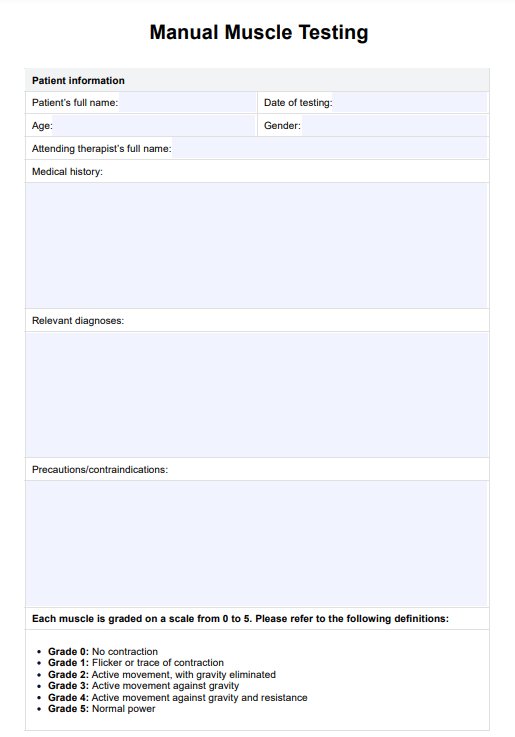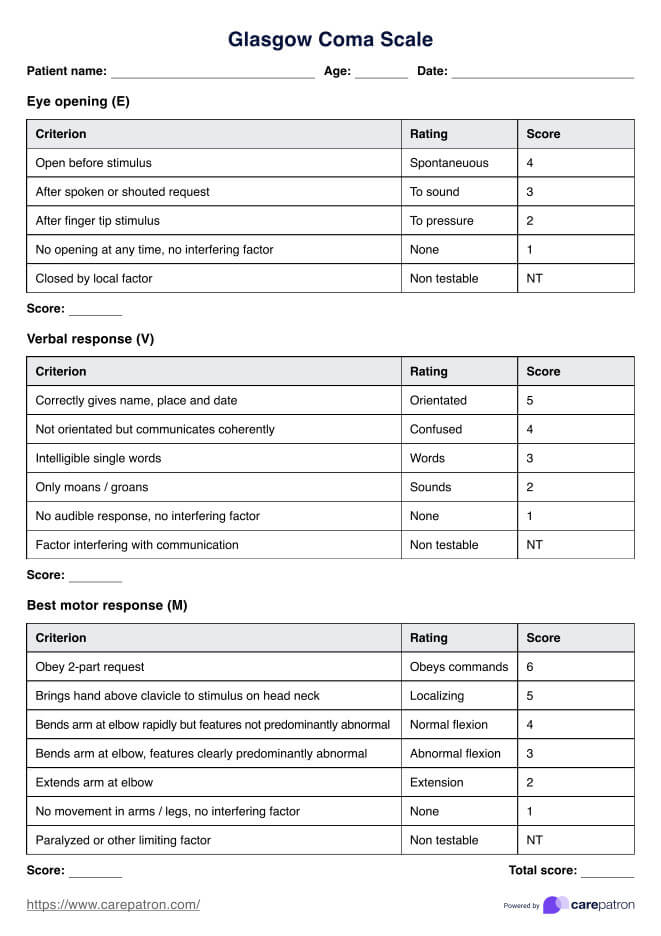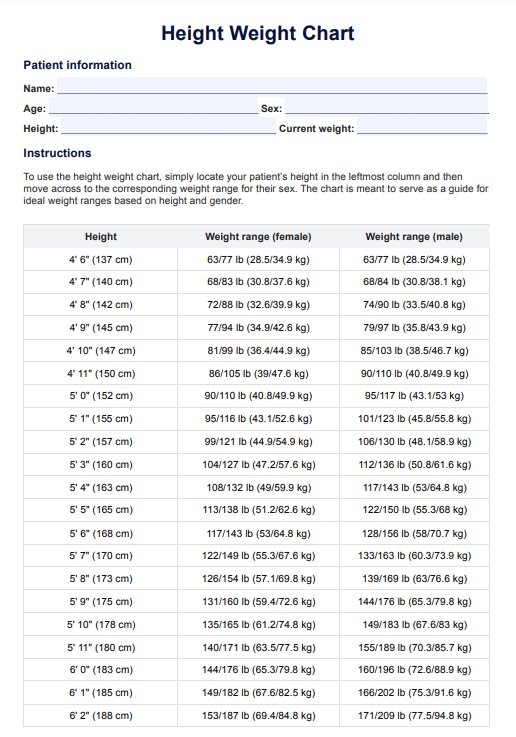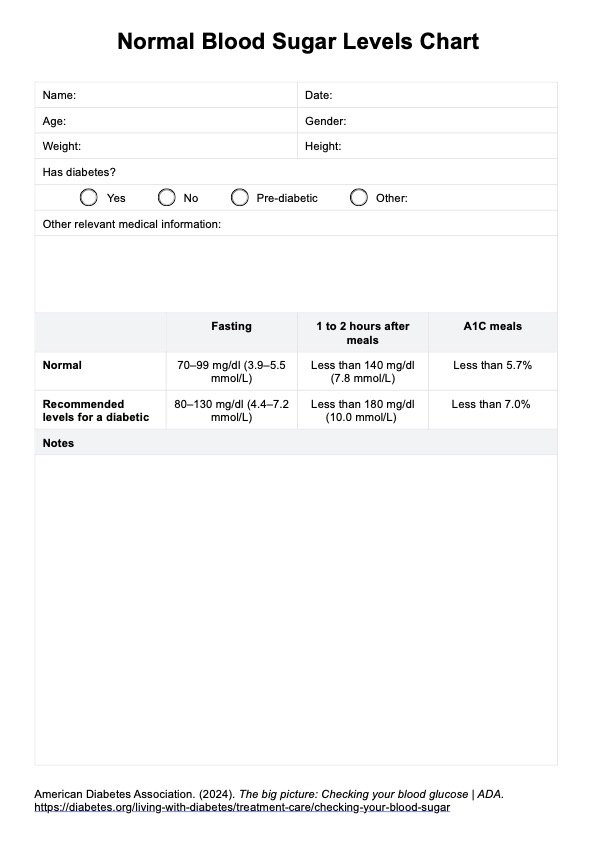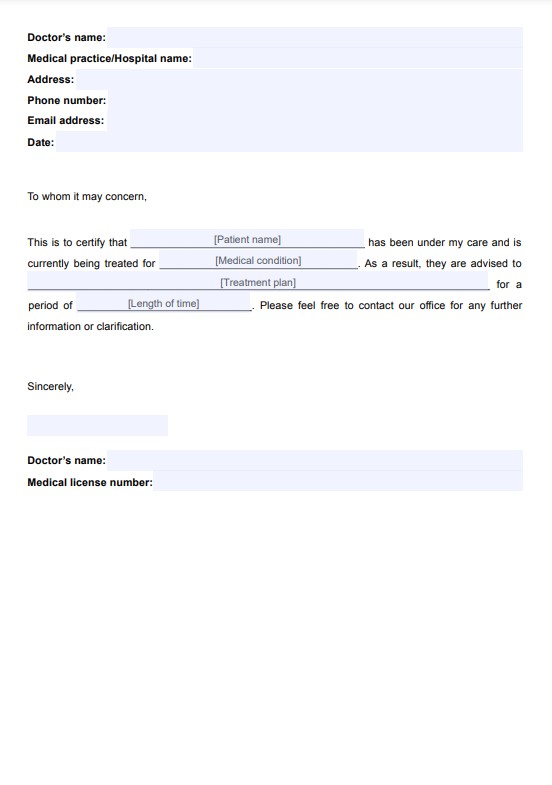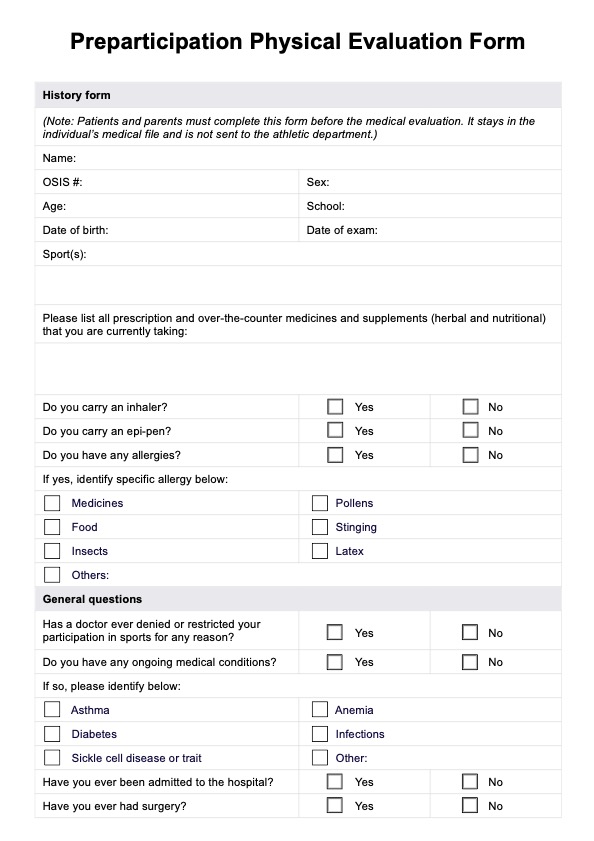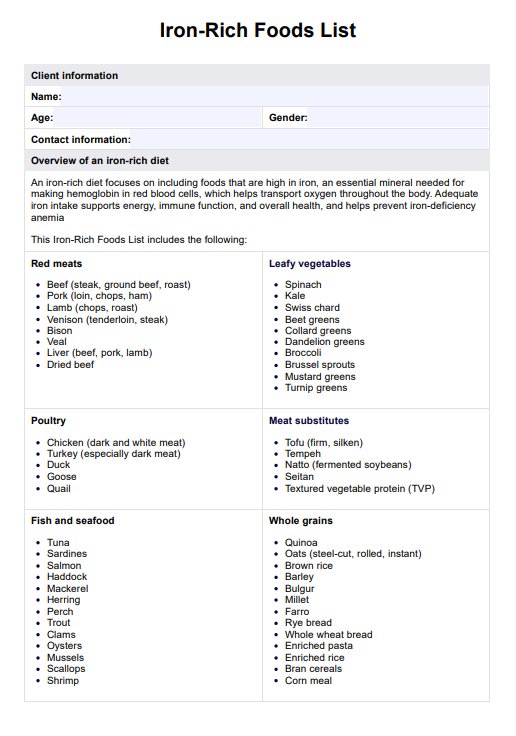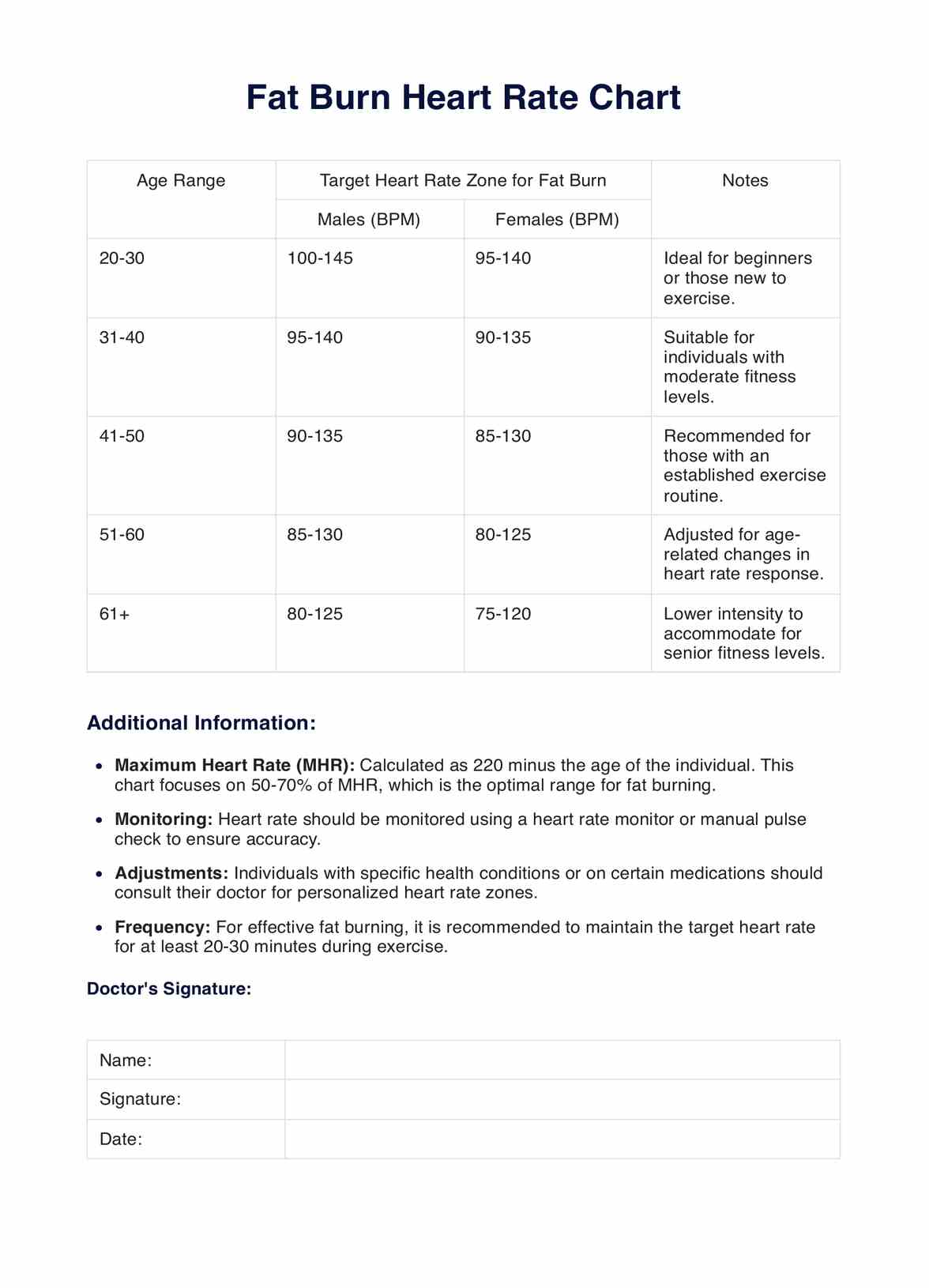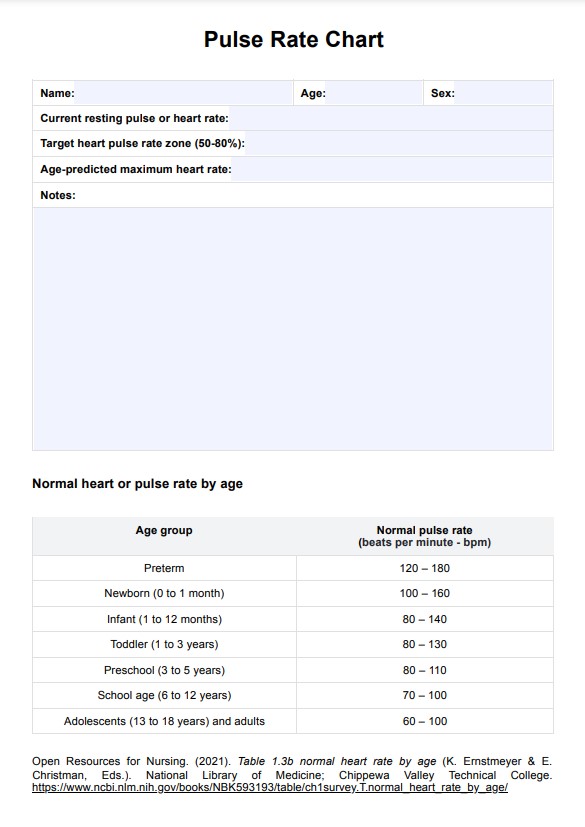Nutrition Label Worksheet
Teach clients how to read nutrition labels and make healthy food choices. Get our Nutrition Label Worksheet for free.


What are nutrition labels?
A nutrition label, often called a nutrition facts label, is a detailed description of the nutrient content (or nutrition information) in food packaging. It is mandated by regulatory authorities to be present on packaged food products. These labels provide consumers with information about the caloric content, macronutrients (such as fats, proteins, and carbohydrates), micronutrients (vitamins and minerals), and other components (like fiber and sugar) per serving size. Labels play a crucial role in the food chain by informing consumer choices and helping identify healthier food sources.
The primary purpose of nutrition labels is to guide consumers in making healthier food choices by helping them understand what they consume. They are crucial for managing dietary needs, especially for individuals with specific health conditions like diabetes, high blood pressure, heart disease, or allergies. Reading nutrition labels can help individuals compare products, control portion sizes, and increase their intake of beneficial nutrients while avoiding excessive sugar, salt, and unhealthy fats.
Neglecting to read nutrition labels can lead to uninformed choices, contributing to poor diet quality and the risk of nutritional deficiencies or excesses. This oversight may result in consuming foods high in calories but low in nutritional value, potentially leading to weight gain, nutrient deficiencies, and exacerbated health conditions.
Nutrition Label Worksheet Template
Nutrition Label Worksheet Example
How do you read nutritional labels?
Learning how to read food labels is a straightforward process that greatly impacts clients' dietary choices and overall health. Here's a brief guide on how to effectively interpret these labels:
- Serving size and servings per container: The top of the label indicates the serving size and how many servings are in the package. This information is crucial because all the nutrient amounts listed are based on one food serving.
- Calories: This section of the label indicates how many calories are in one serving. Monitoring calorie intake is essential for managing weight.
- Nutrients to limit: Remind your client/s to pay attention to the amounts of saturated fat, trans fat, cholesterol, and sodium they consume, as consuming less may help reduce the risk of chronic diseases.
- Beneficial nutrients: Look for high amounts of dietary fiber, vitamin D, calcium, iron, and potassium, which can improve health and help maintain a balanced diet.
- % daily value (%DV): This tells the percentage of each nutrient in a serving of the food based on a daily diet of 2,000 calories. A %DV of 5% or less is low for all nutrients, whereas 20% or more is high.
- Ingredients list: Ingredients are listed by quantity, usually from highest to lowest amount. This can help check for specific ingredients clients may wish to avoid due to allergies or personal dietary rules.
Understanding how to read these labels empowers your clients to make informed food decisions, contributing to a healthier lifestyle. Remember, the goal is to choose foods with fewer added sugars, less sodium, and lower amounts of saturated and trans fats while prioritizing those rich in beneficial nutrients.
How does our Nutrition Label Worksheet work?
If you aim to educate patients on interpreting nutrition labels, our Nutrition Label Worksheet provides a structured and interactive approach. Here's a streamlined process to facilitate this learning:
Step 1: Access the template
To access the Nutrition Label Worksheet on the Carepatron platform, click "Use template." You can customize it to fit your needs. You can also download a PDF copy to be printed.
Step 2: Choose a food product
Once they have a copy of the worksheet, instruct patients to pick a packaged food item, encouraging them to apply their learning to real-world examples, enhancing the relevance and retention of information.
Step 3: Analyze serving size and calories
Guide patients to note the serving size and total calories, highlighting the importance of portion control and energy intake in their diets.
Step 4: Examine nutrients to limit and encourage
Help patients identify and record amounts of beneficial nutrients and those recommended to be limited. This step fosters awareness of dietary components crucial for health.
Step 5: Review the ingredients list
Encourage a detailed look at the first five ingredients, teaching patients to discern the quality and healthfulness of food products based on their composition.
Step 6: Reflect on dietary impact
Facilitate a reflection on how the product fits into their diet, considering their health goals. This encourages the practical application of label-reading skills to daily dietary choices. Next time, you could encourage clients to complete the worksheet independently to help them feel more confident and practice independently.
What are the benefits of using this worksheet?
Introducing the Nutrition Label Worksheet into dietary counseling provides a range of benefits for you and your patients. Here's how it can make a difference:
- Enhanced understanding of food labels: Patients learn to decipher the various components of nutrition labels, leading to a better understanding of what they consume.
- Informed food choices: With greater label literacy, individuals can select healthy foods that align with their dietary goals, such as weight management or controlling blood sugar levels.
- Increased awareness of nutrient intake: The worksheet encourages attention to specific nutrients, helping patients manage their intake of fats, sugars, and sodium and incorporate more beneficial nutrients like fiber and protein.
- Empowerment and independence: Patients gain the skills to evaluate food products independently, empowering them to take control of their diet and engage in healthy eating.
- Supports dietary modifications: The worksheet helps those with dietary restrictions or specific health conditions identify suitable food options.
- Facilitates discussion: The worksheet serves as a tool for you to discuss nutrition and food choices with patients, fostering a deeper understanding and engagement in their health journey.
This worksheet can significantly contribute to nutritional education, enabling patients to confidently navigate the complexities of food labels and make informed diet decisions.
Commonly asked questions
The most critical aspect is understanding serving size, as it affects your food's caloric and nutrient intake. Pay attention also to how much fat, how much sodium, and how much calories are listed per serving to gauge how the food fits into your daily needs. Additionally, check how many grams of key nutrients, like fiber or protein, are included to assess its nutritional value. This information helps you make healthier choices and avoid overconsumption of less desirable nutrients.
Reading and following nutrition labels helps consumers make informed dietary choices by revealing nutrient content and serving sizes. For example, an entire can of soup may contain multiple servings, doubling calories and sodium if consumed fully. Without this knowledge, individuals risk unhealthy nutrient intake. Understanding labels supports better decisions and a balanced diet.
Proper use involves checking serving sizes, calories, and nutrient content. One should minimize saturated fat, added sugars, and sodium intake while seeking foods high in dietary fiber, vitamins, and minerals.


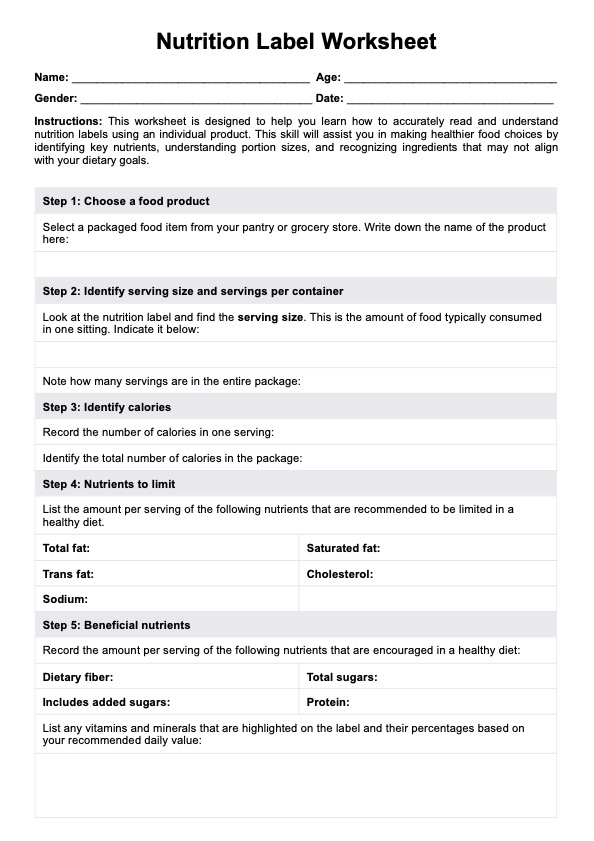
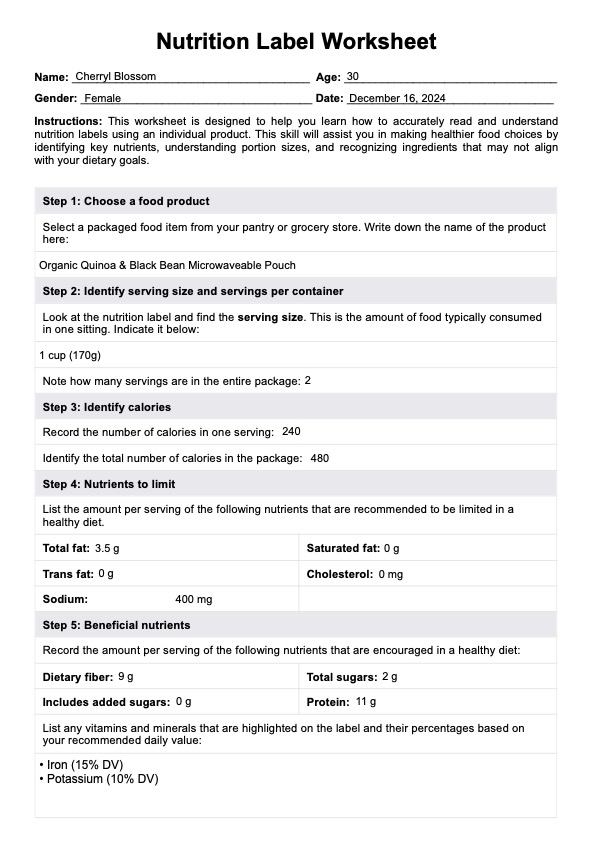

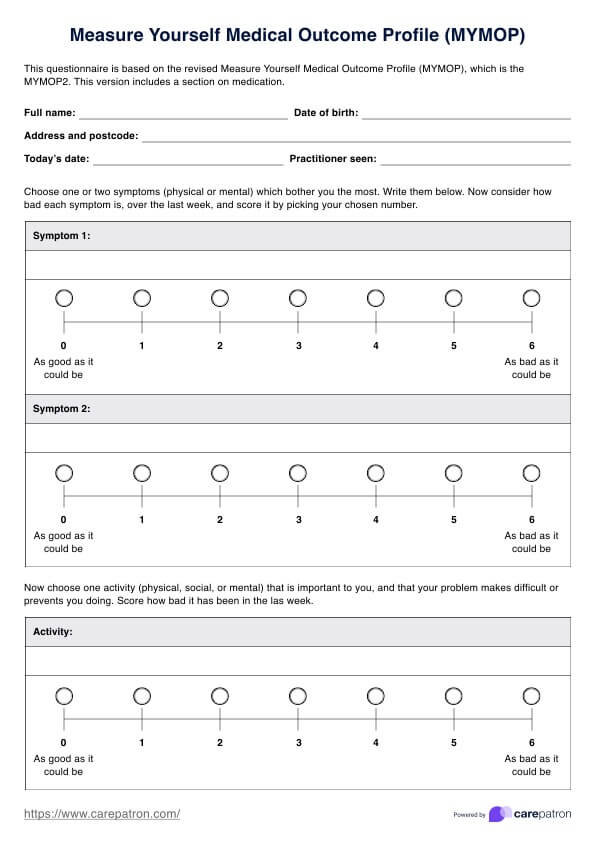
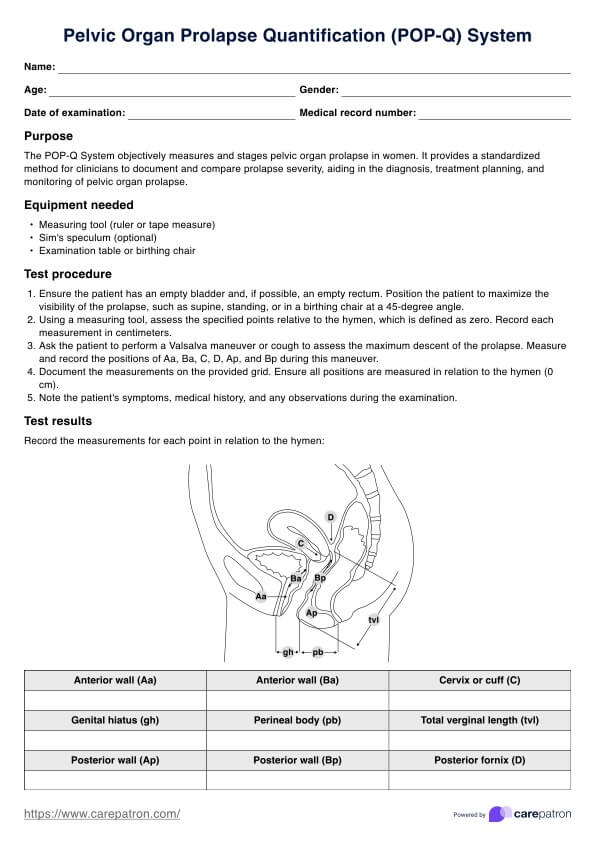
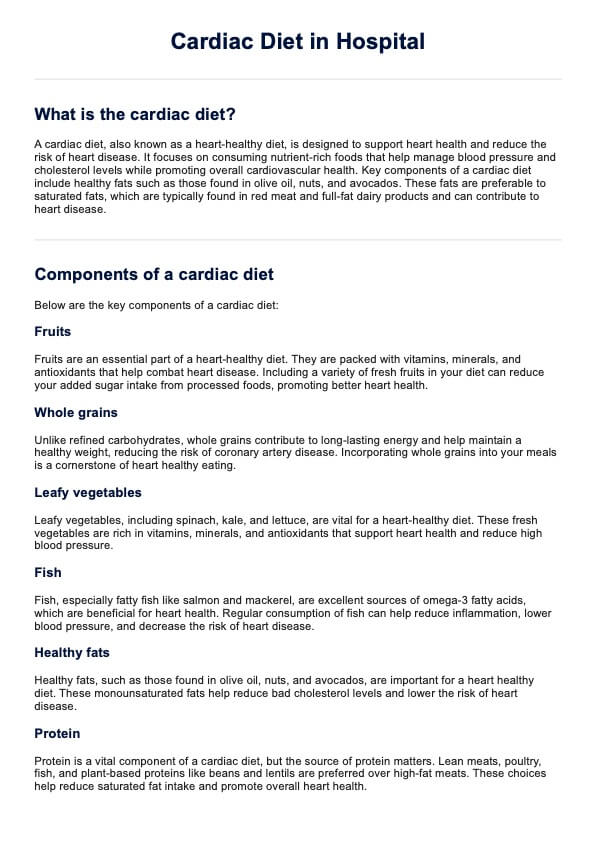
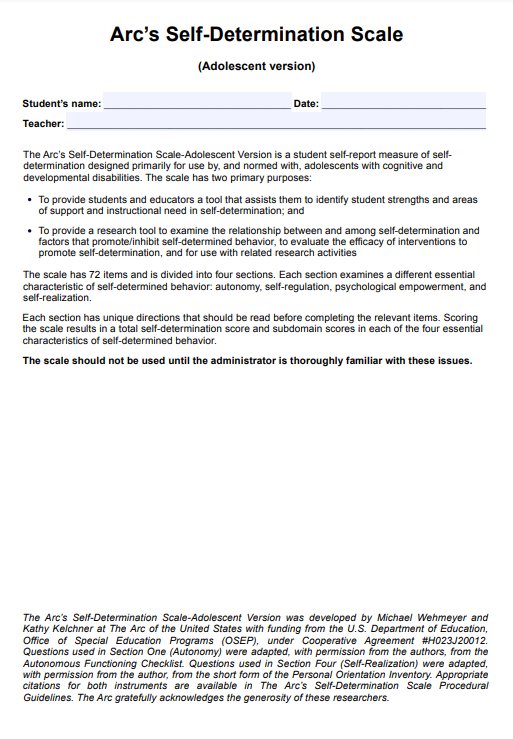
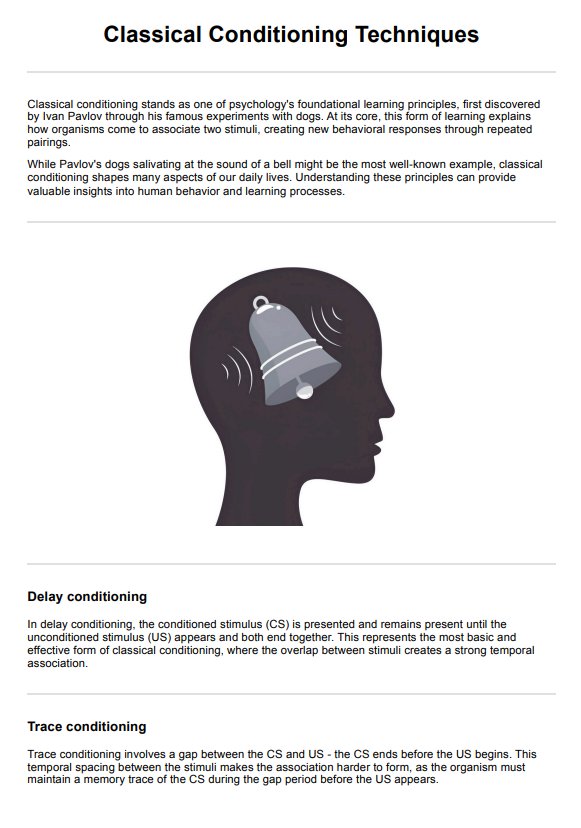
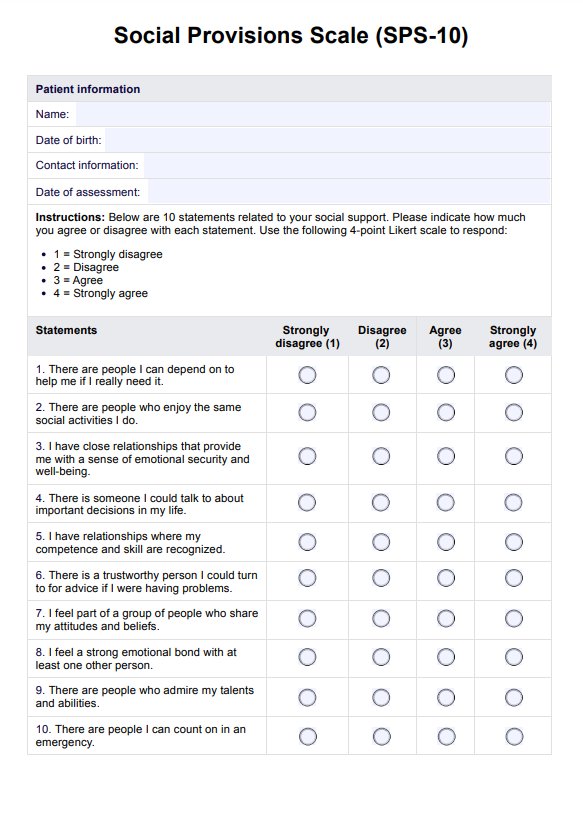

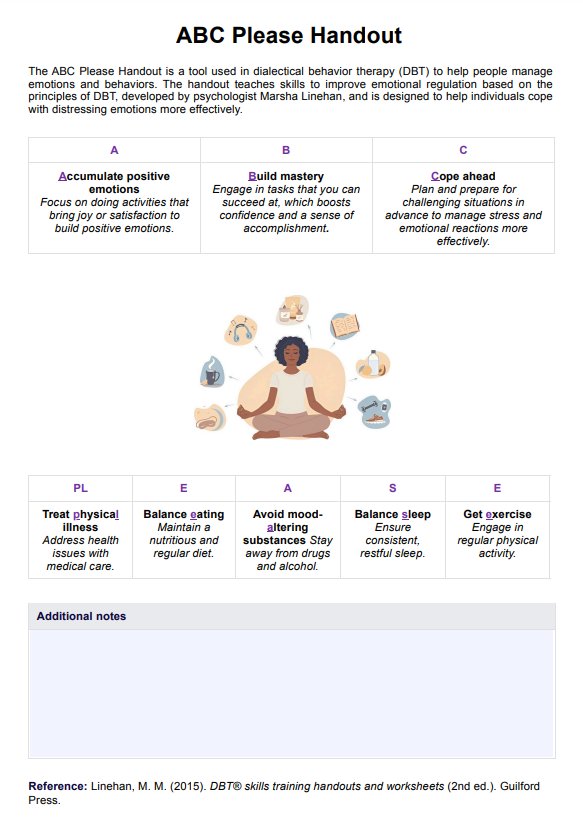
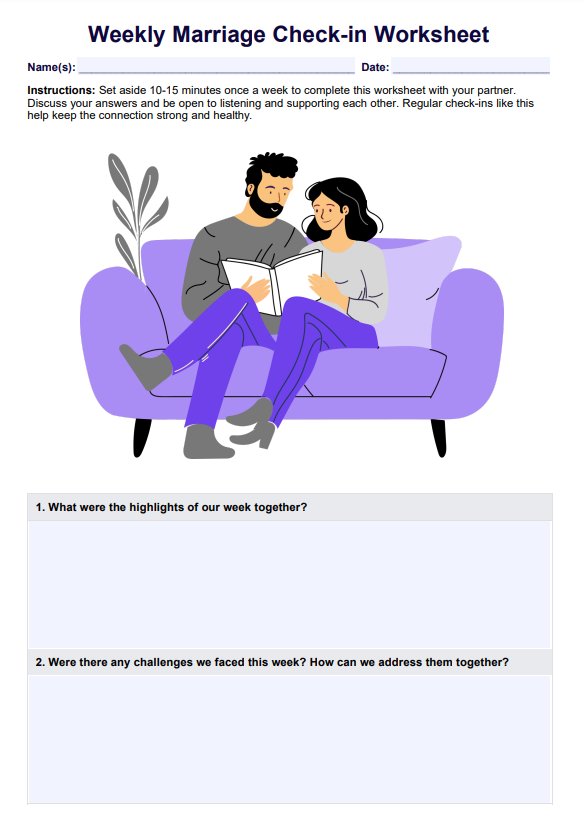
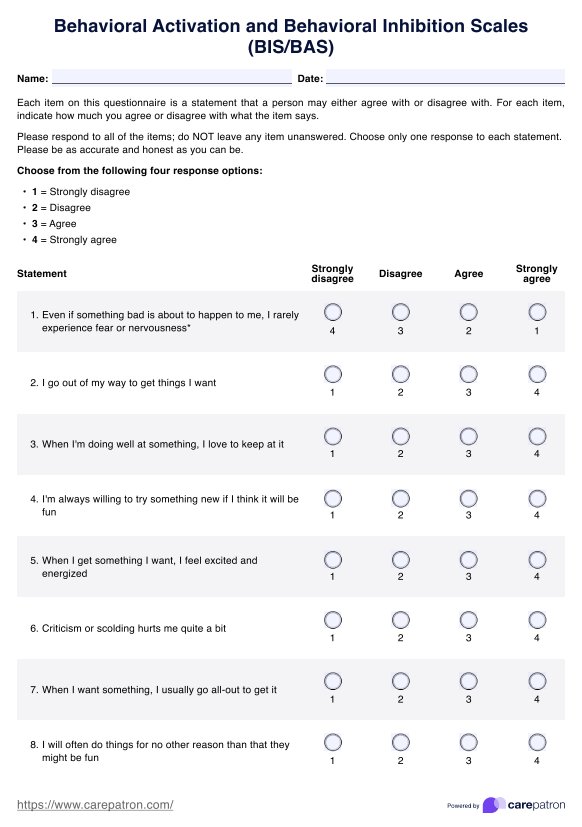
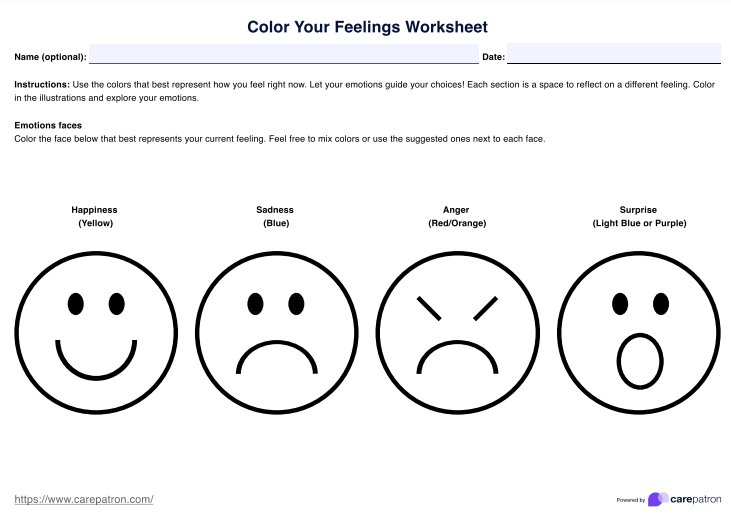
-template.jpg)
